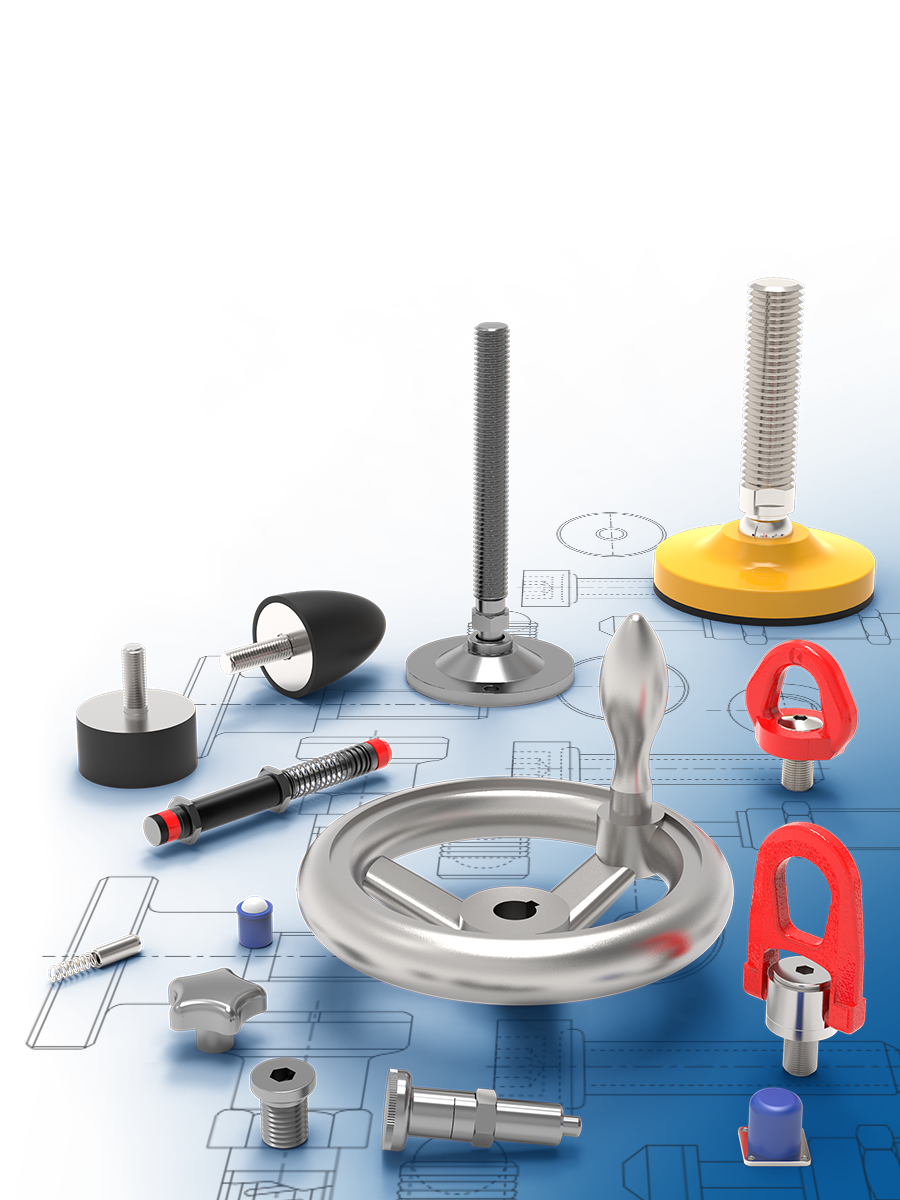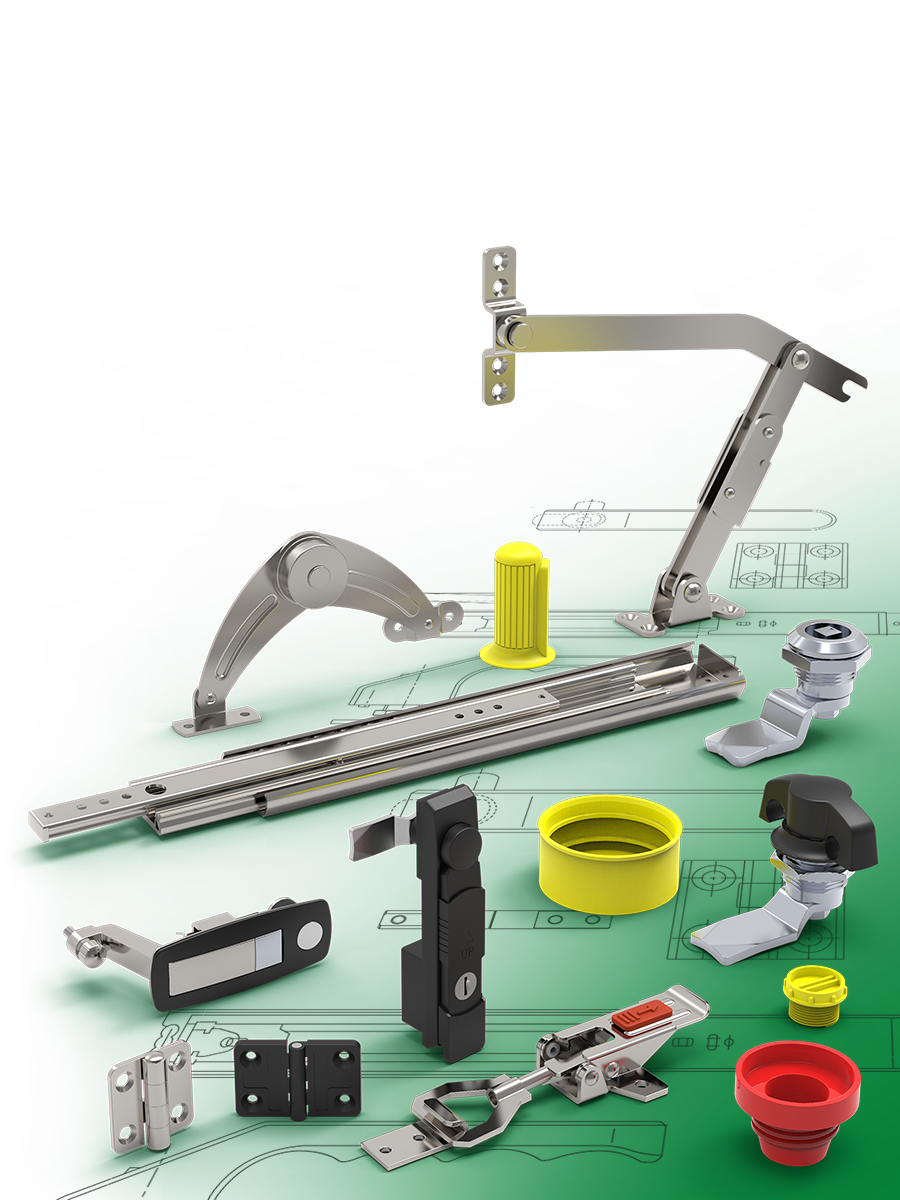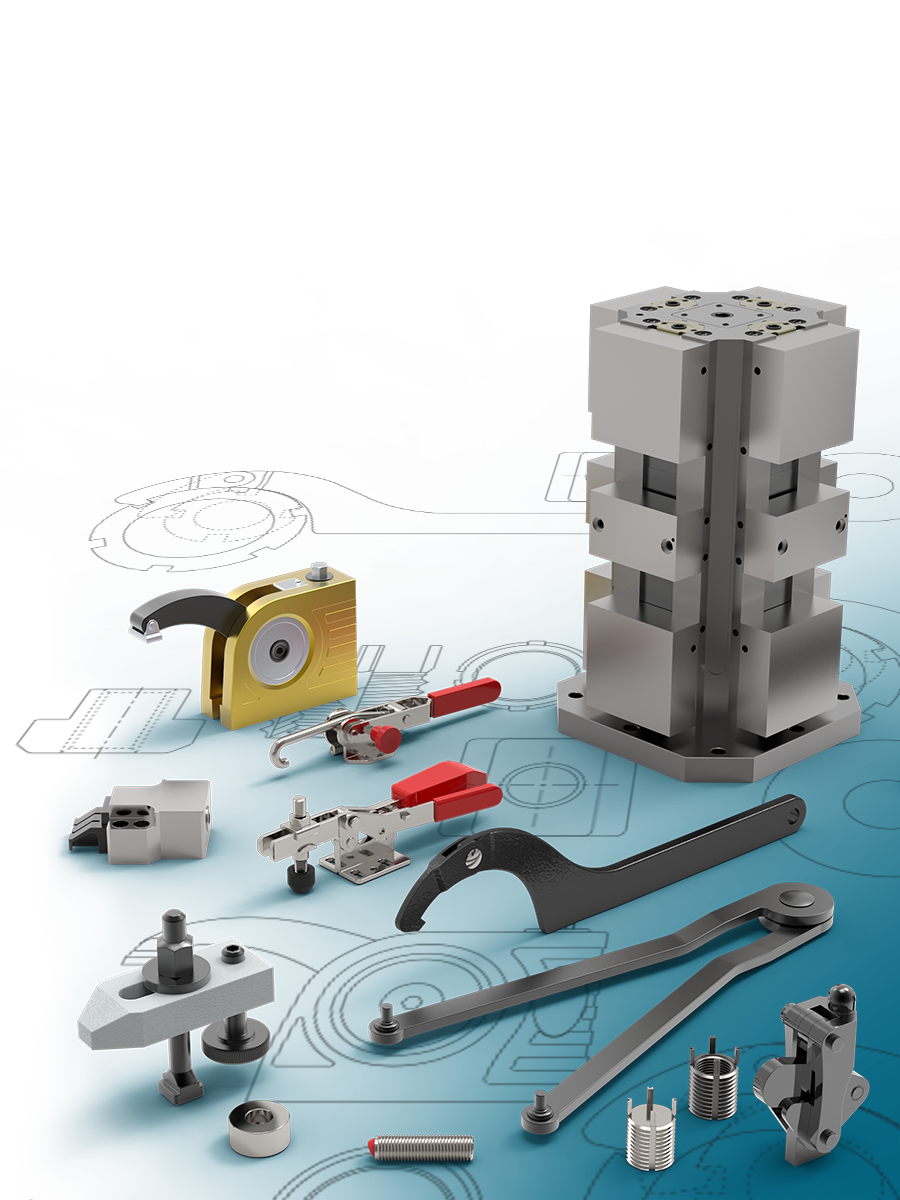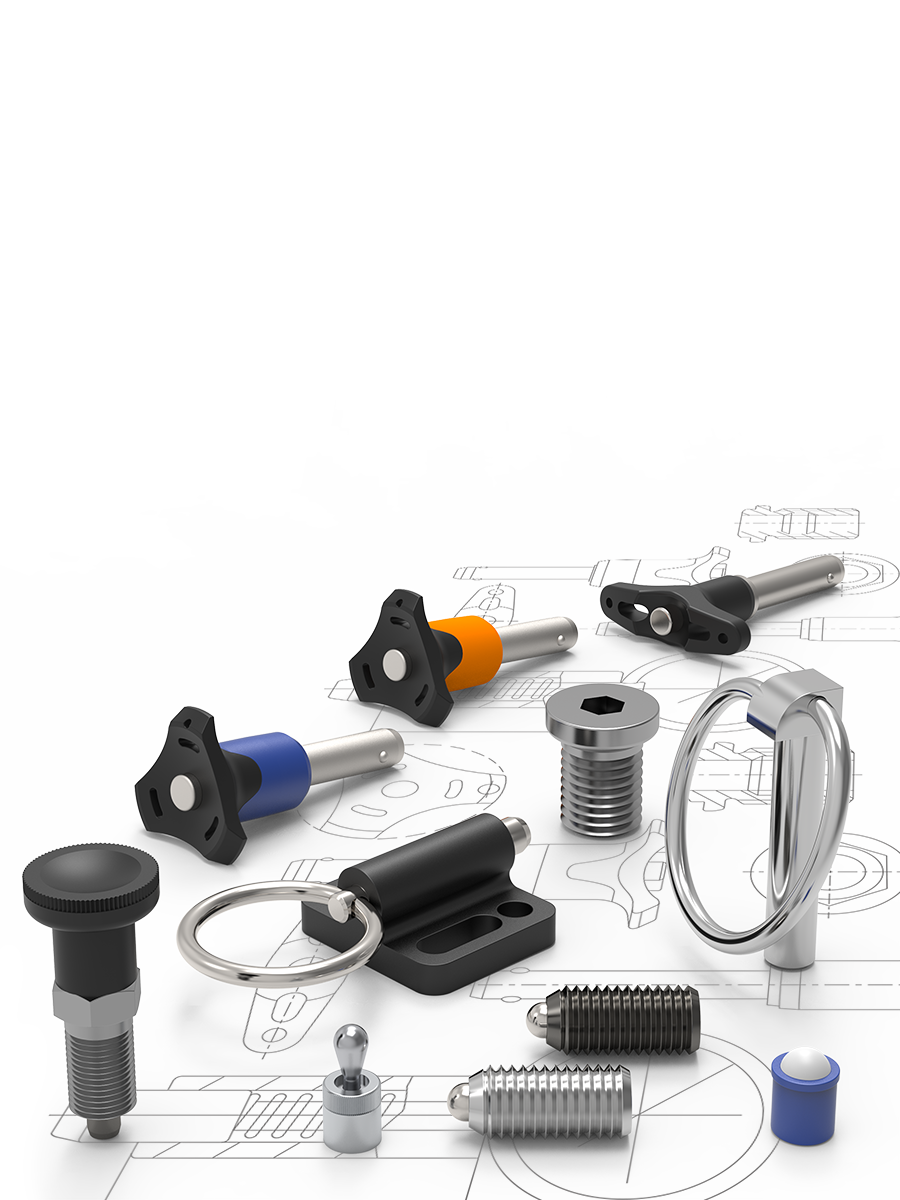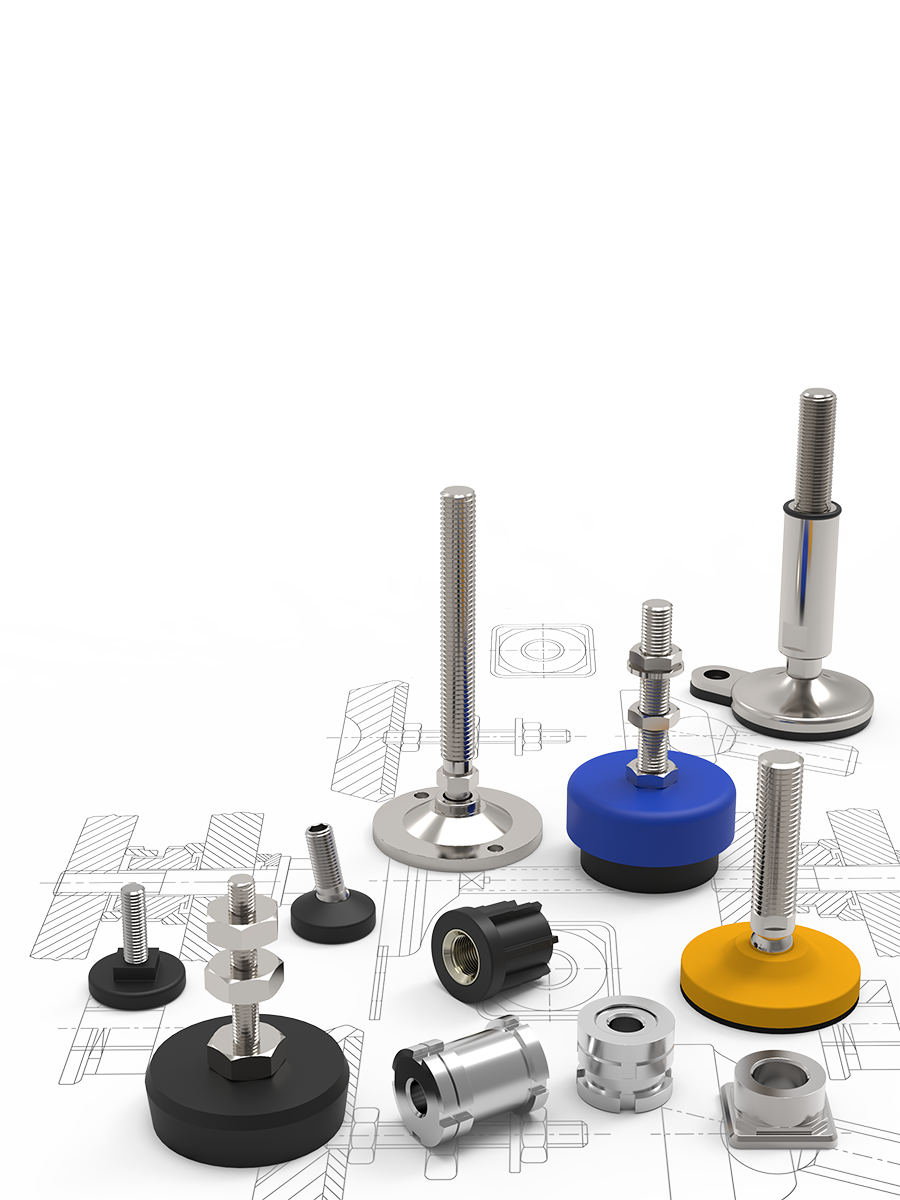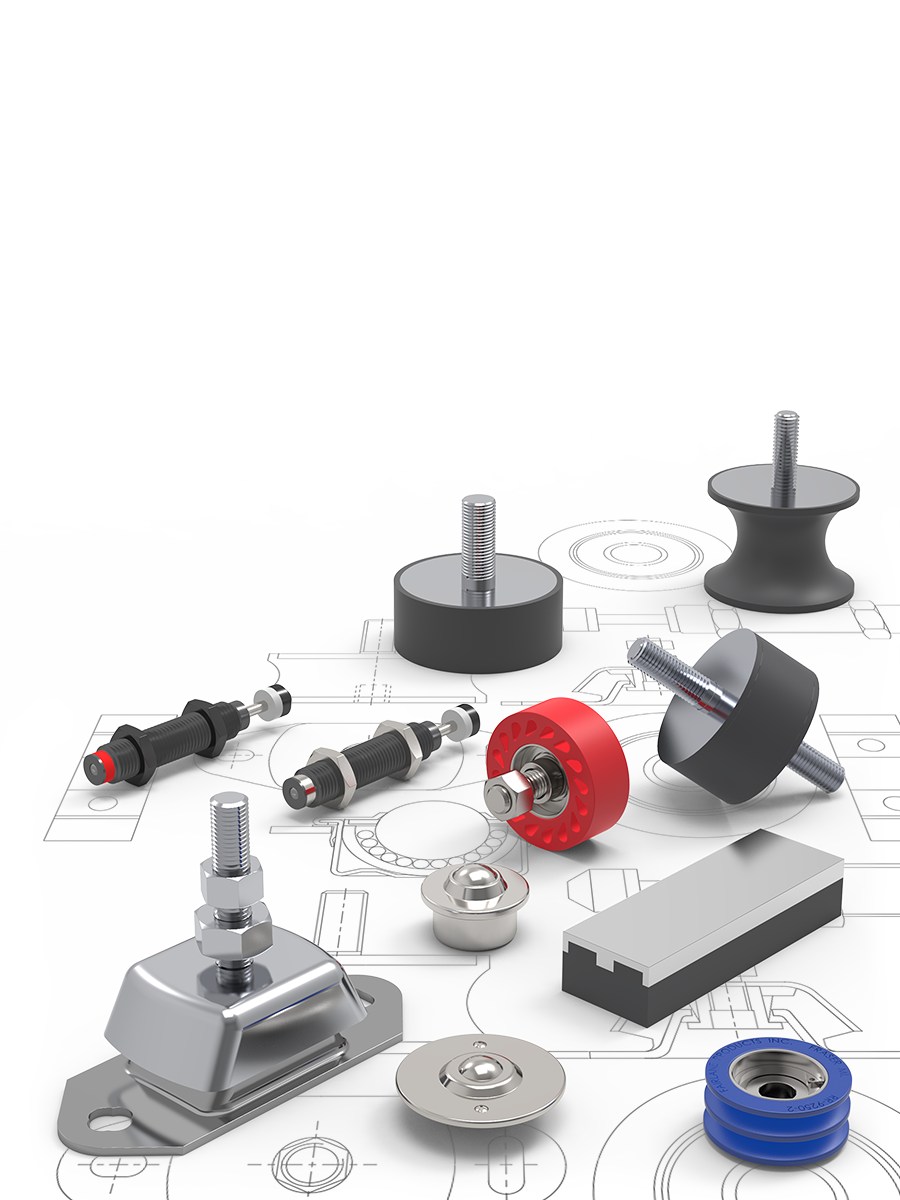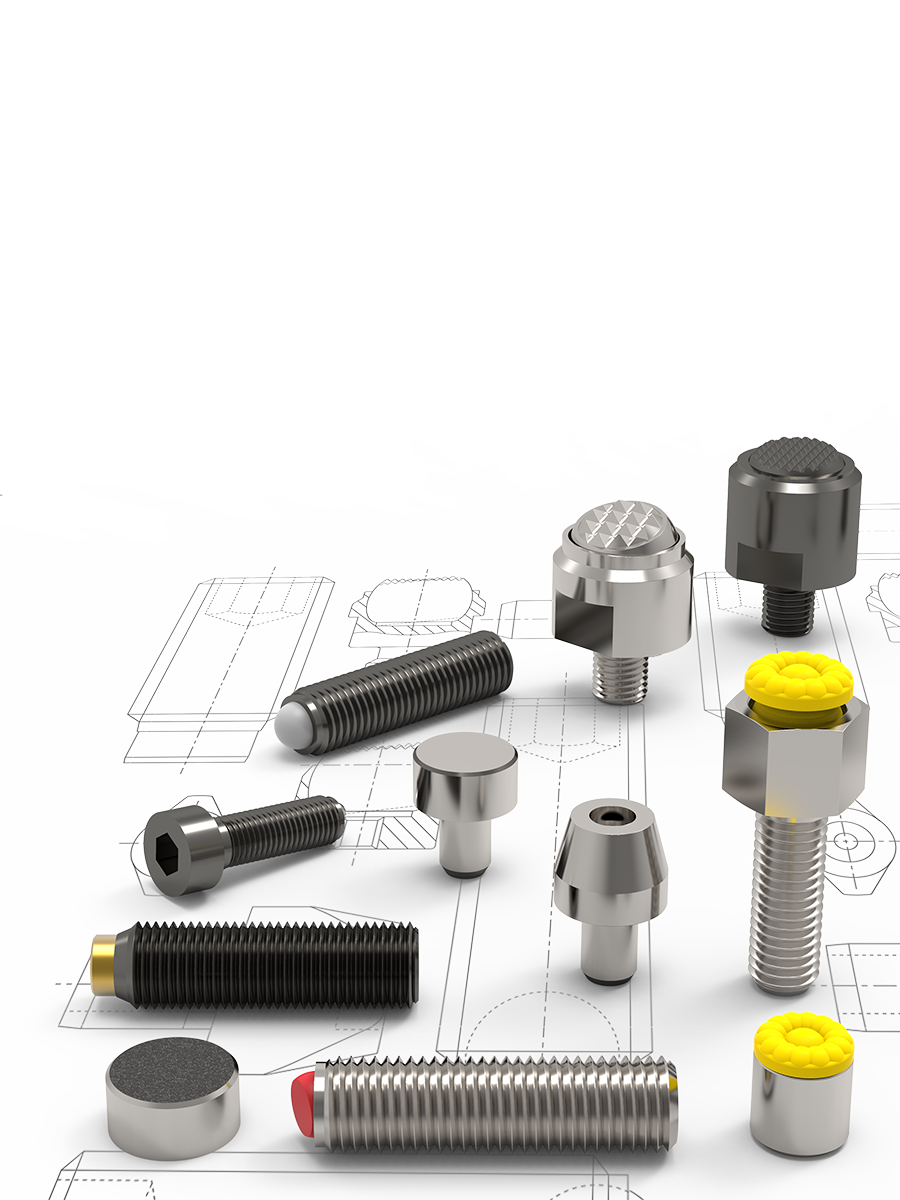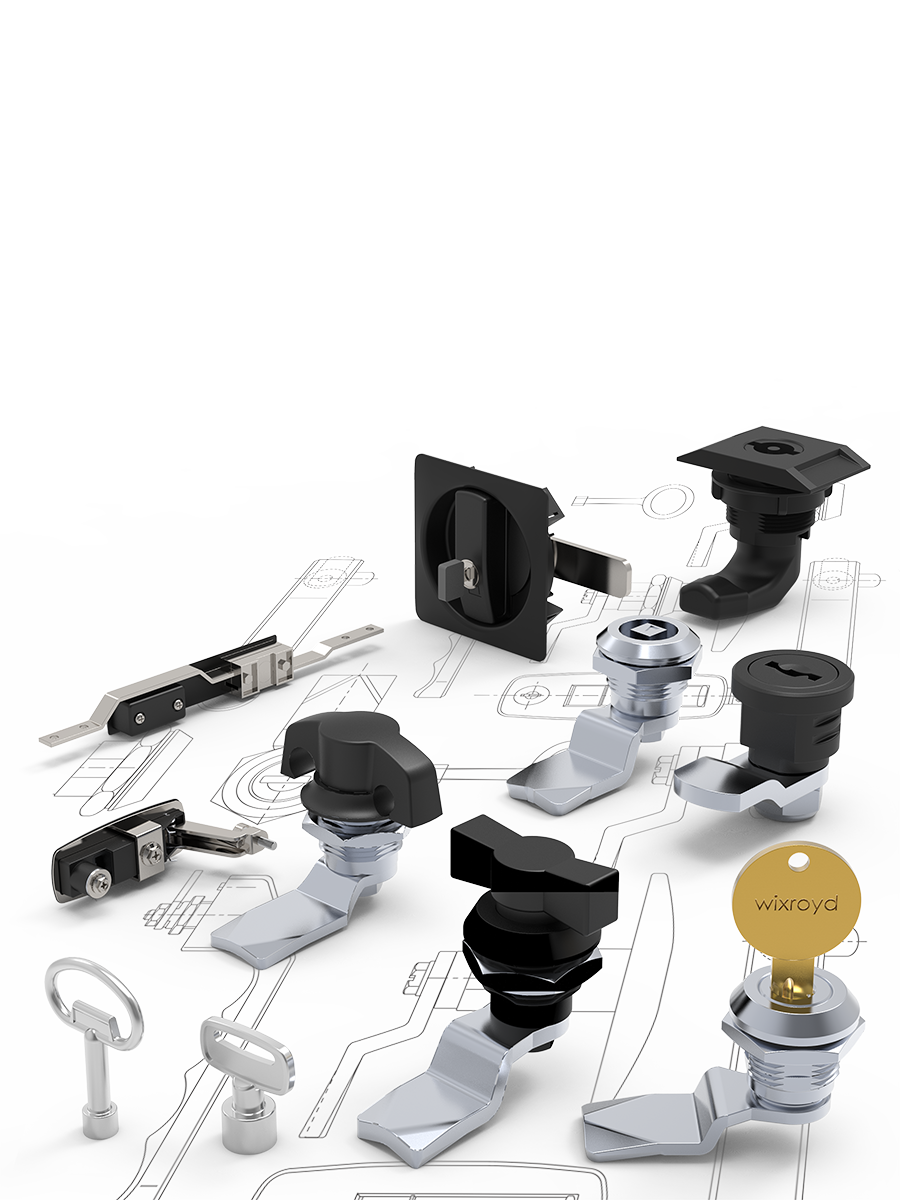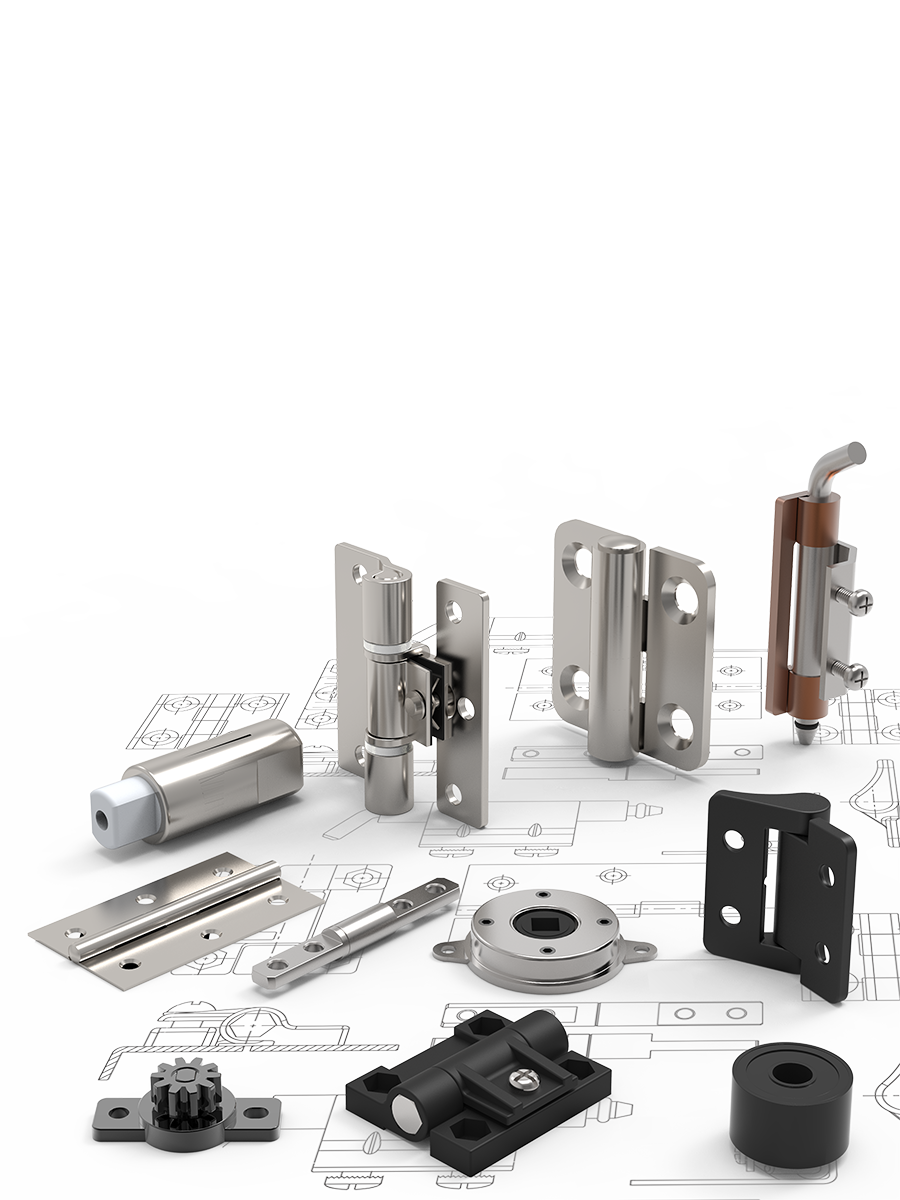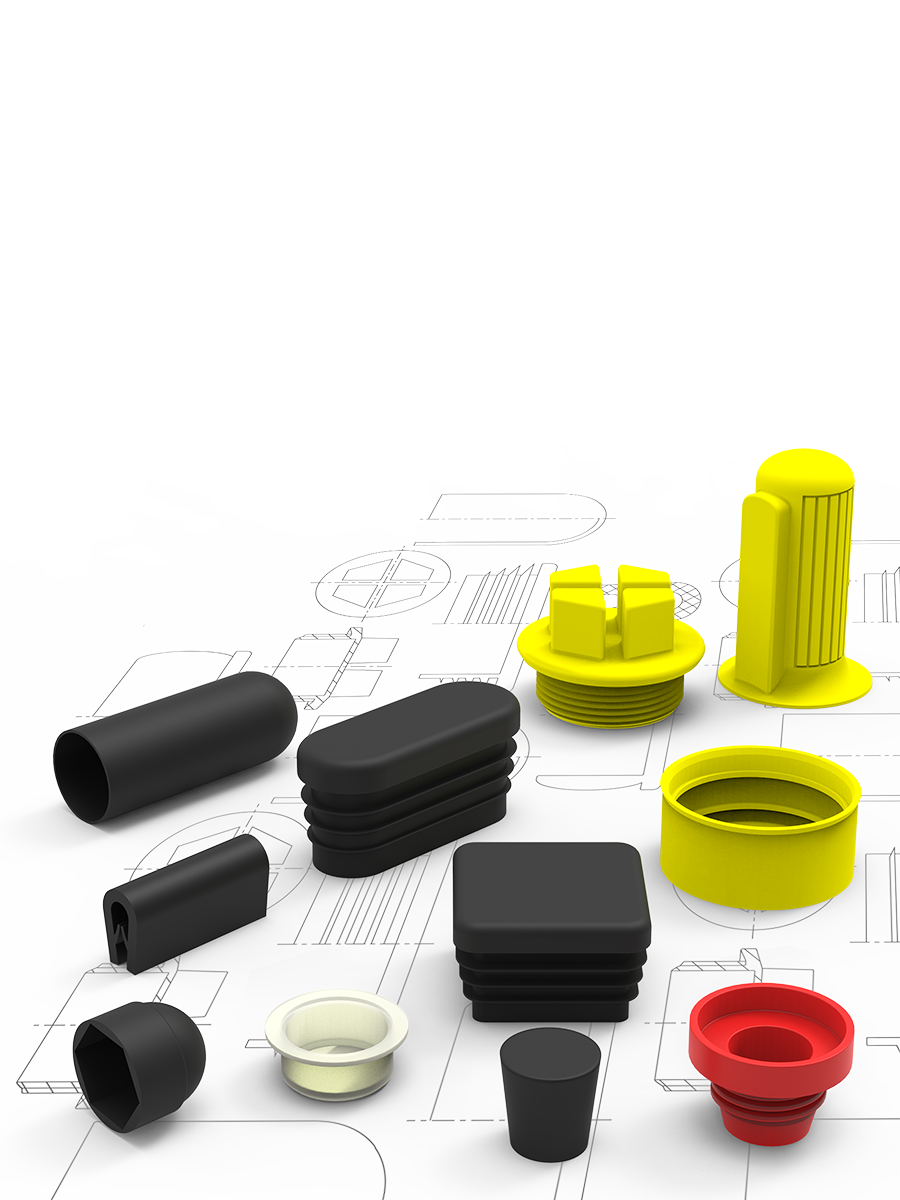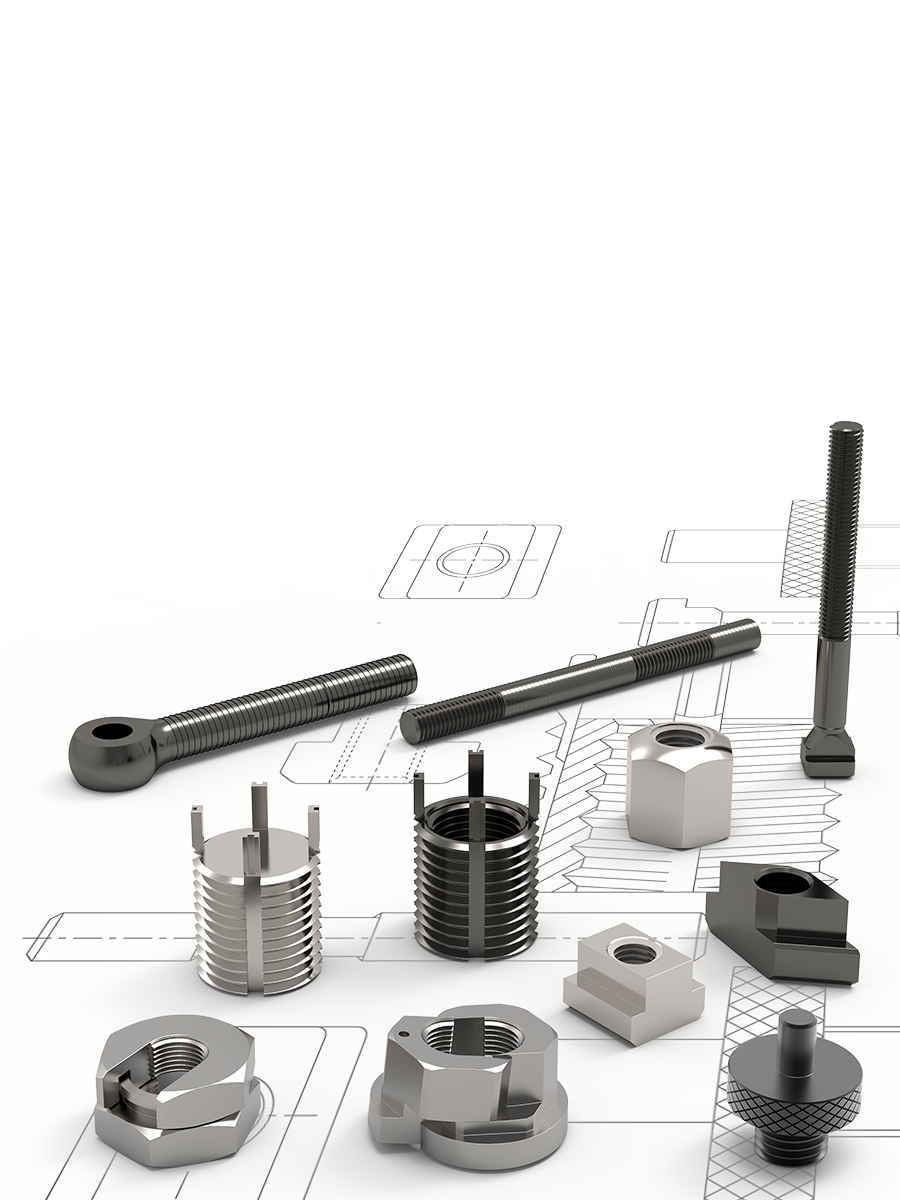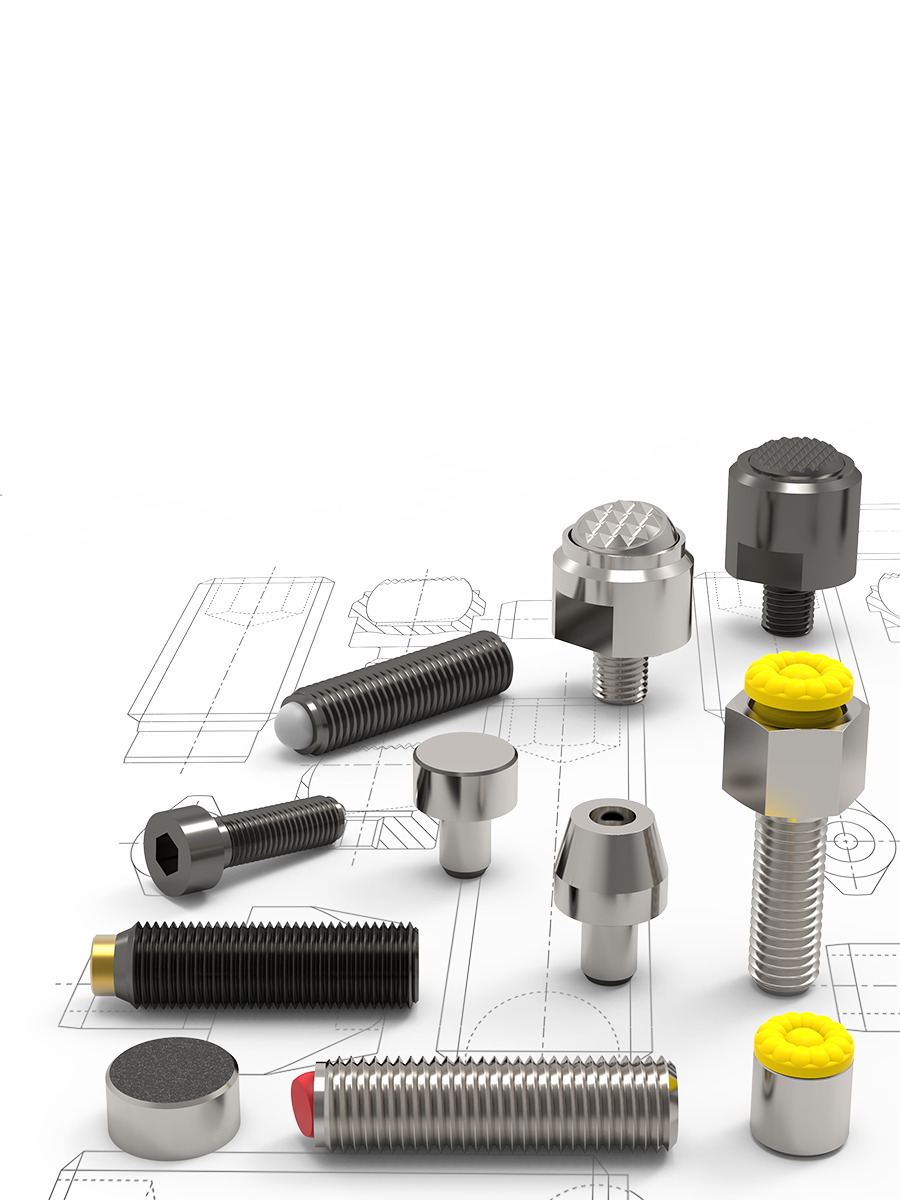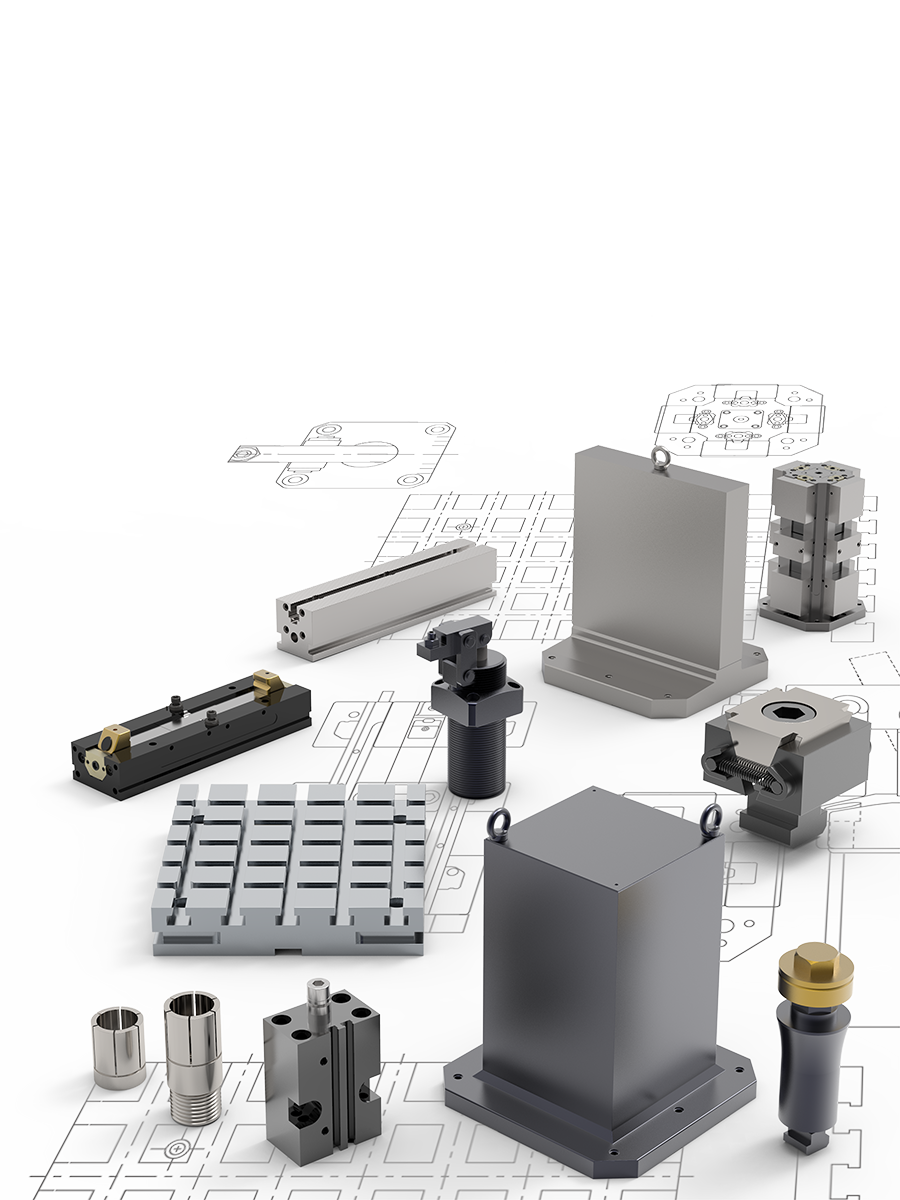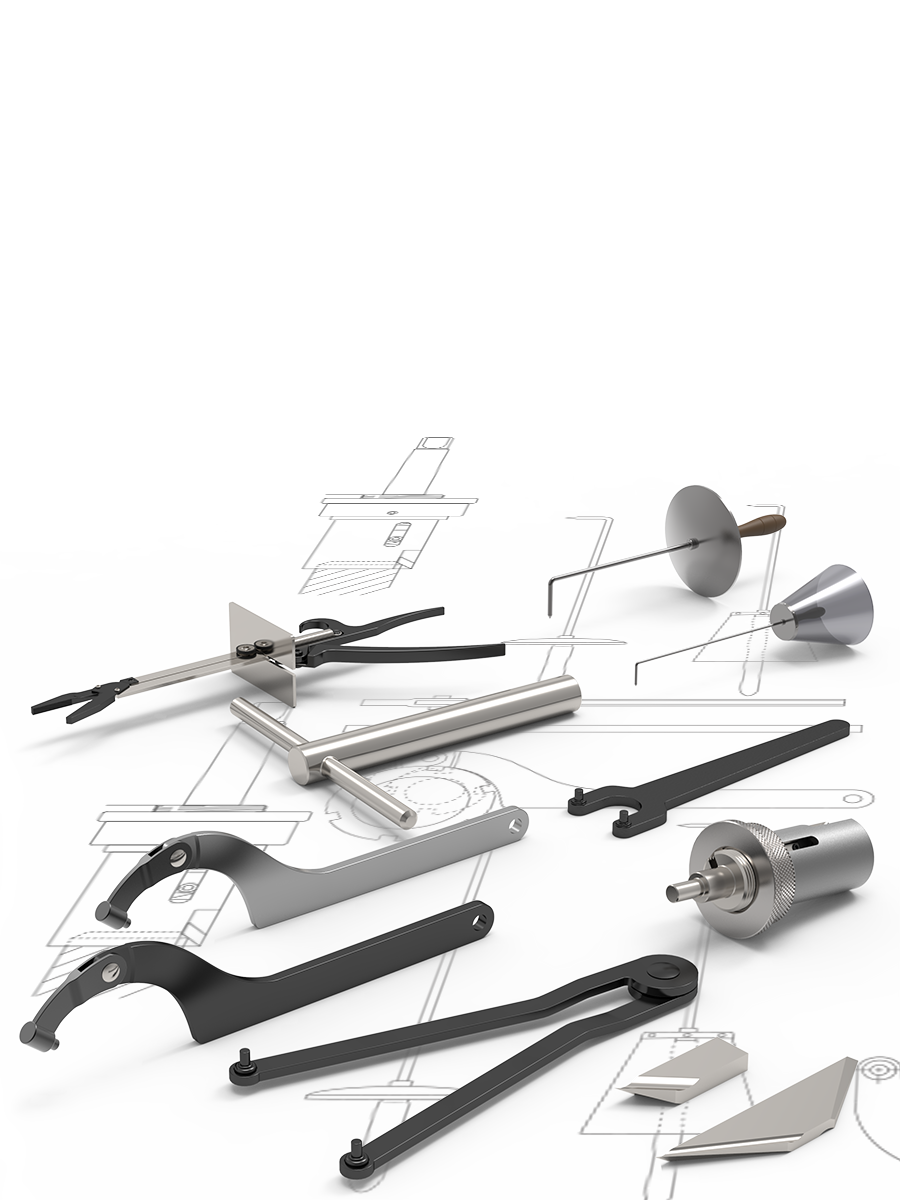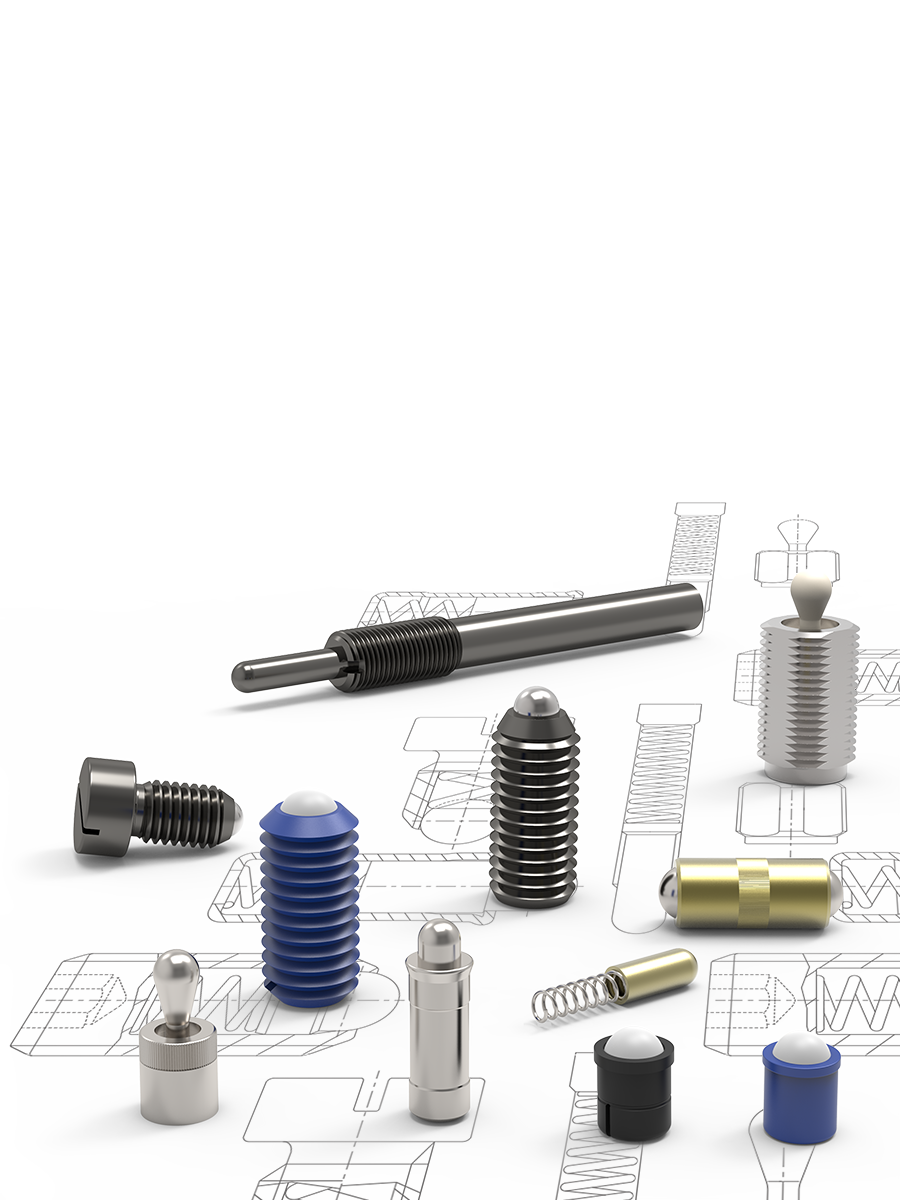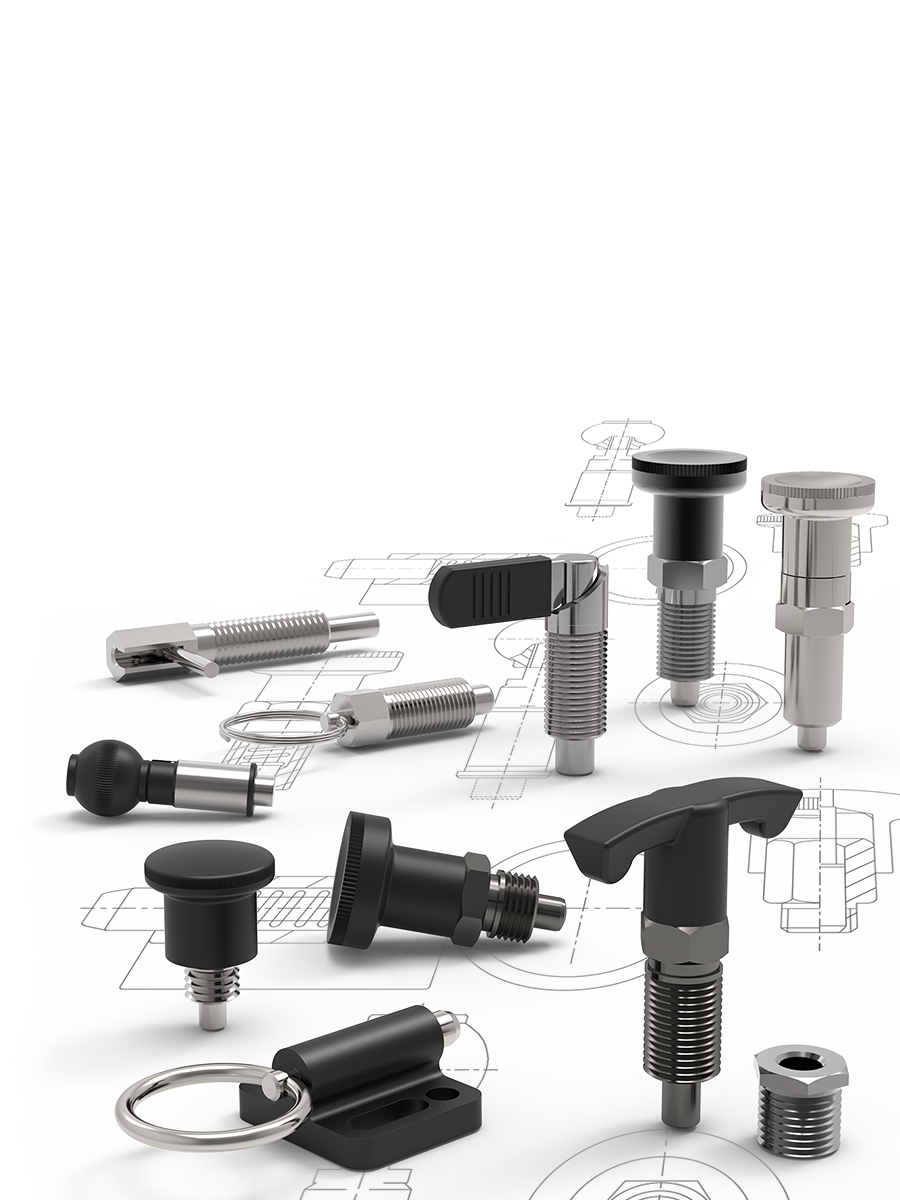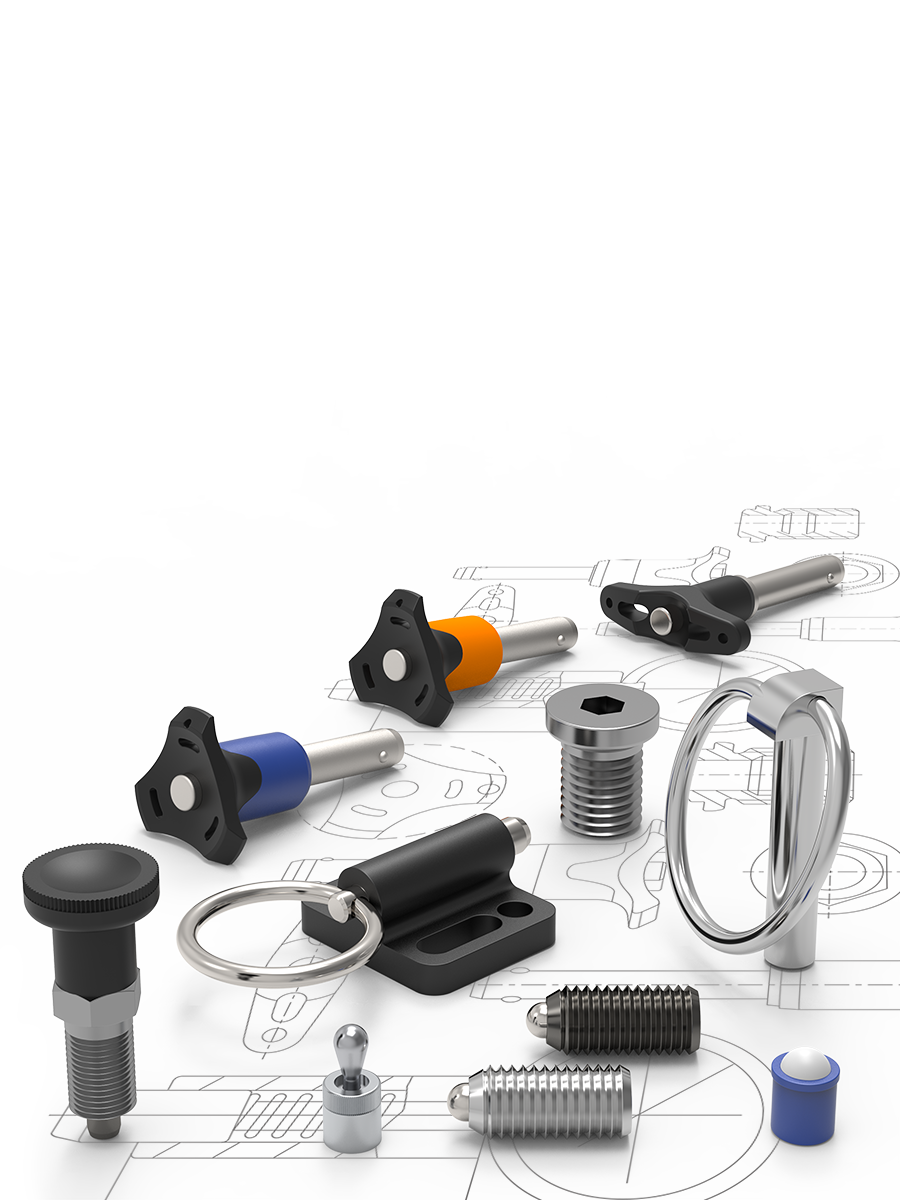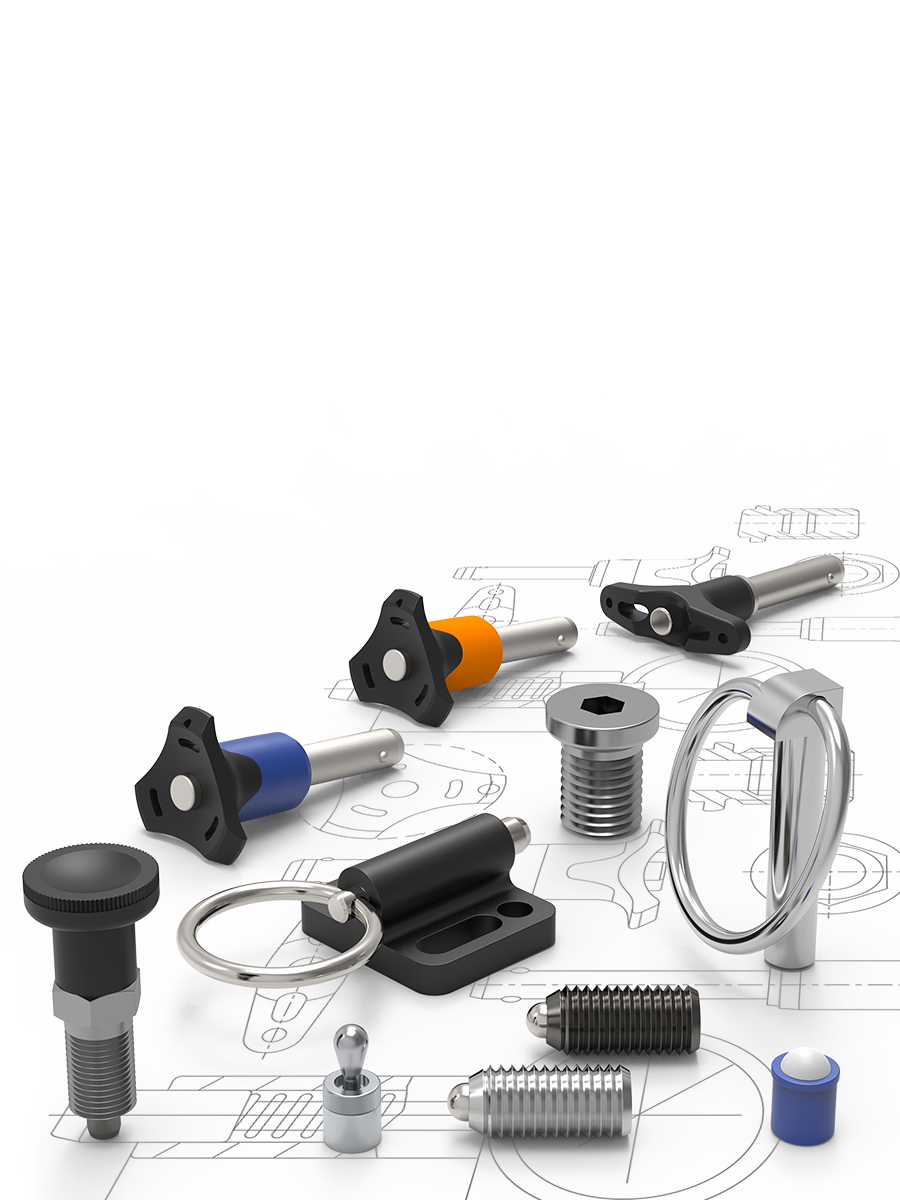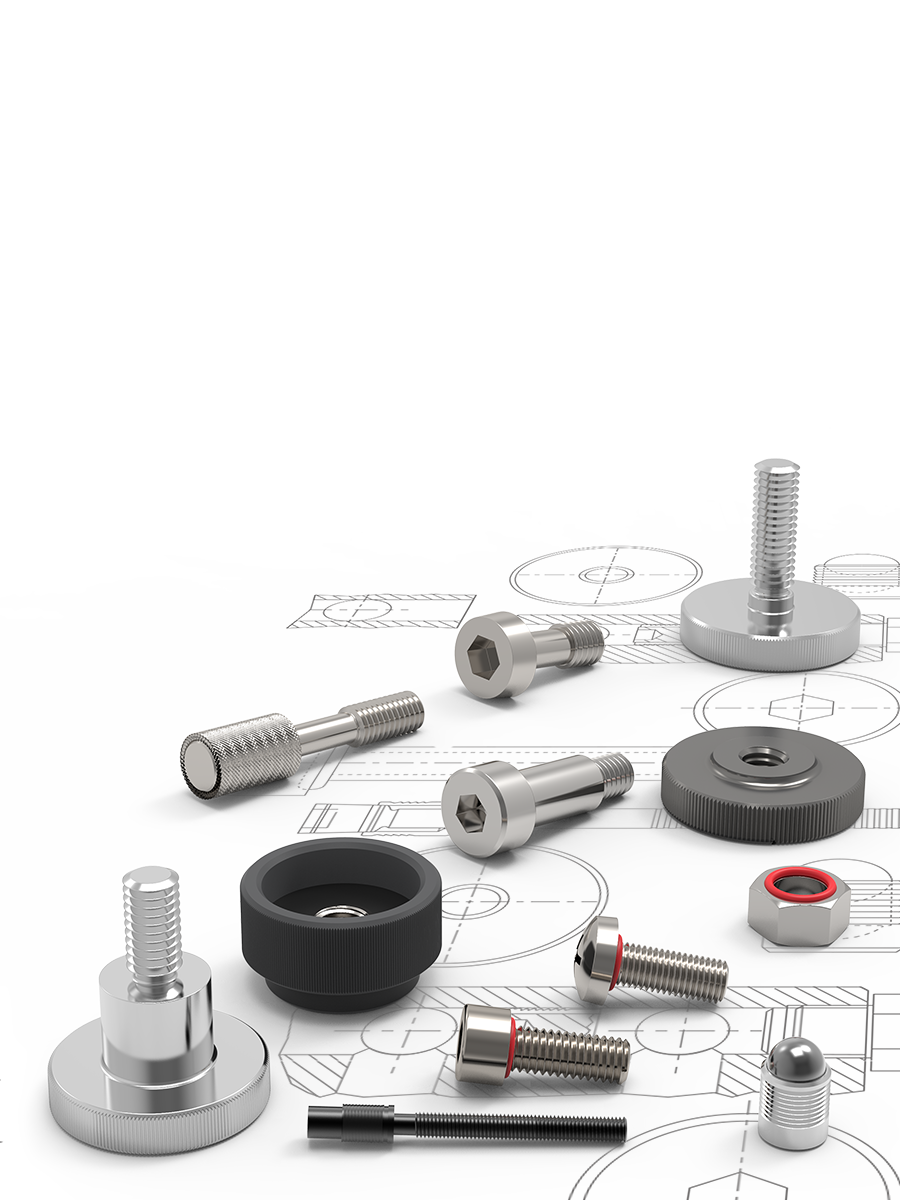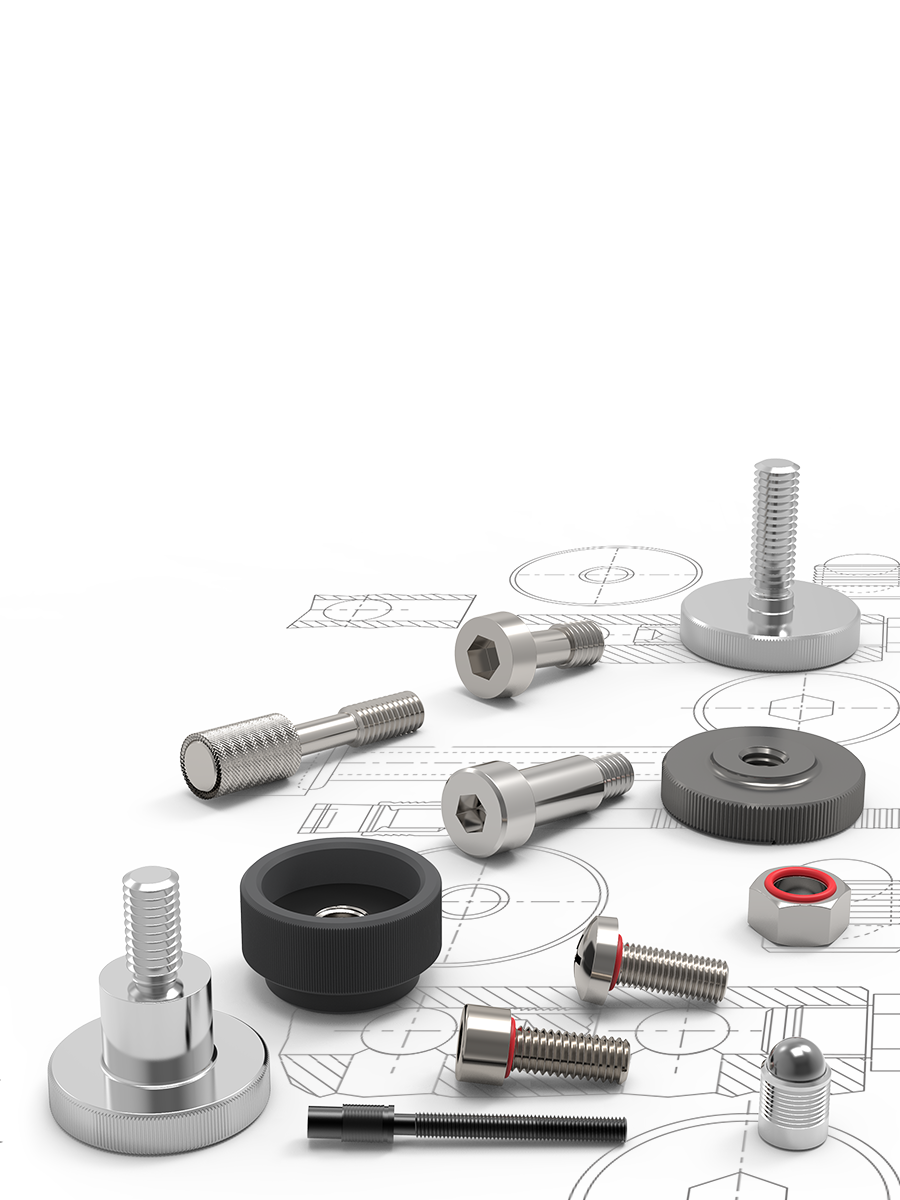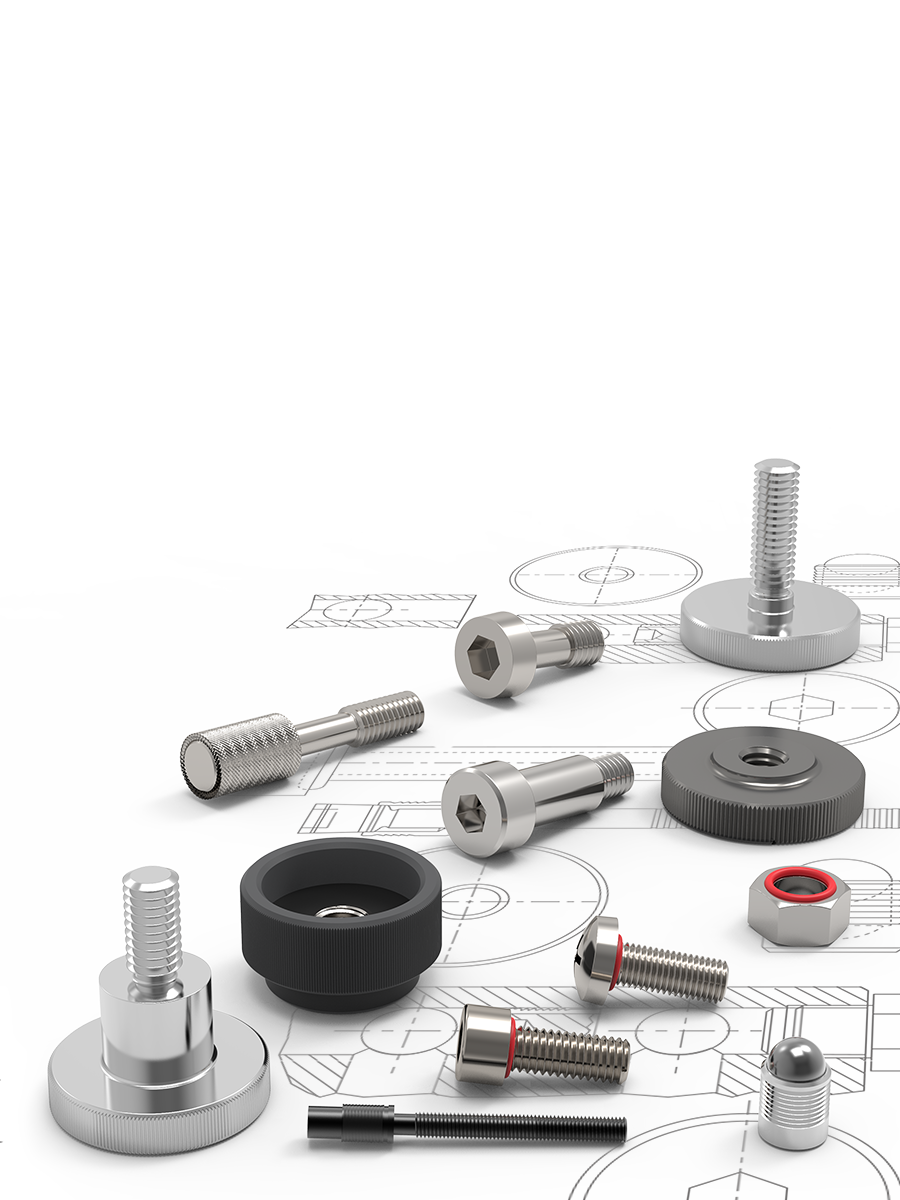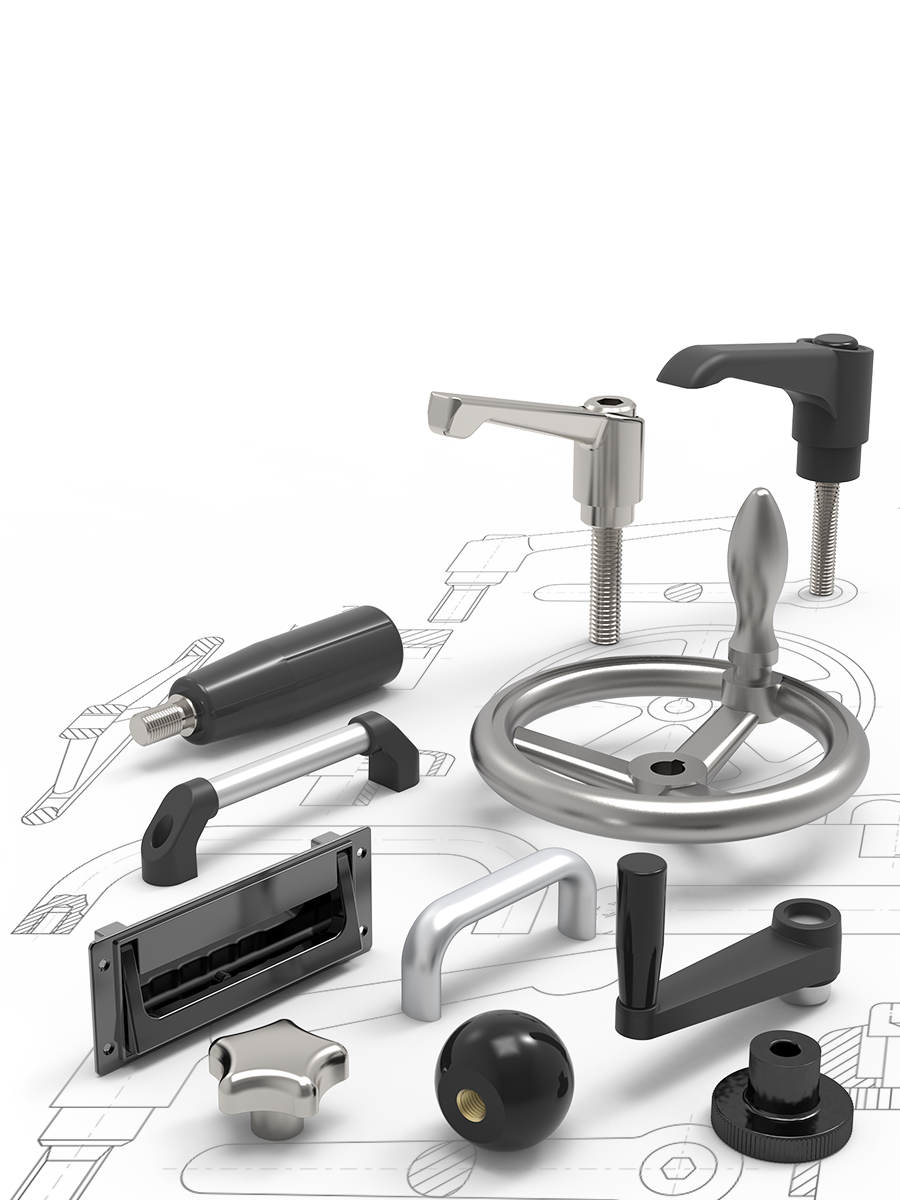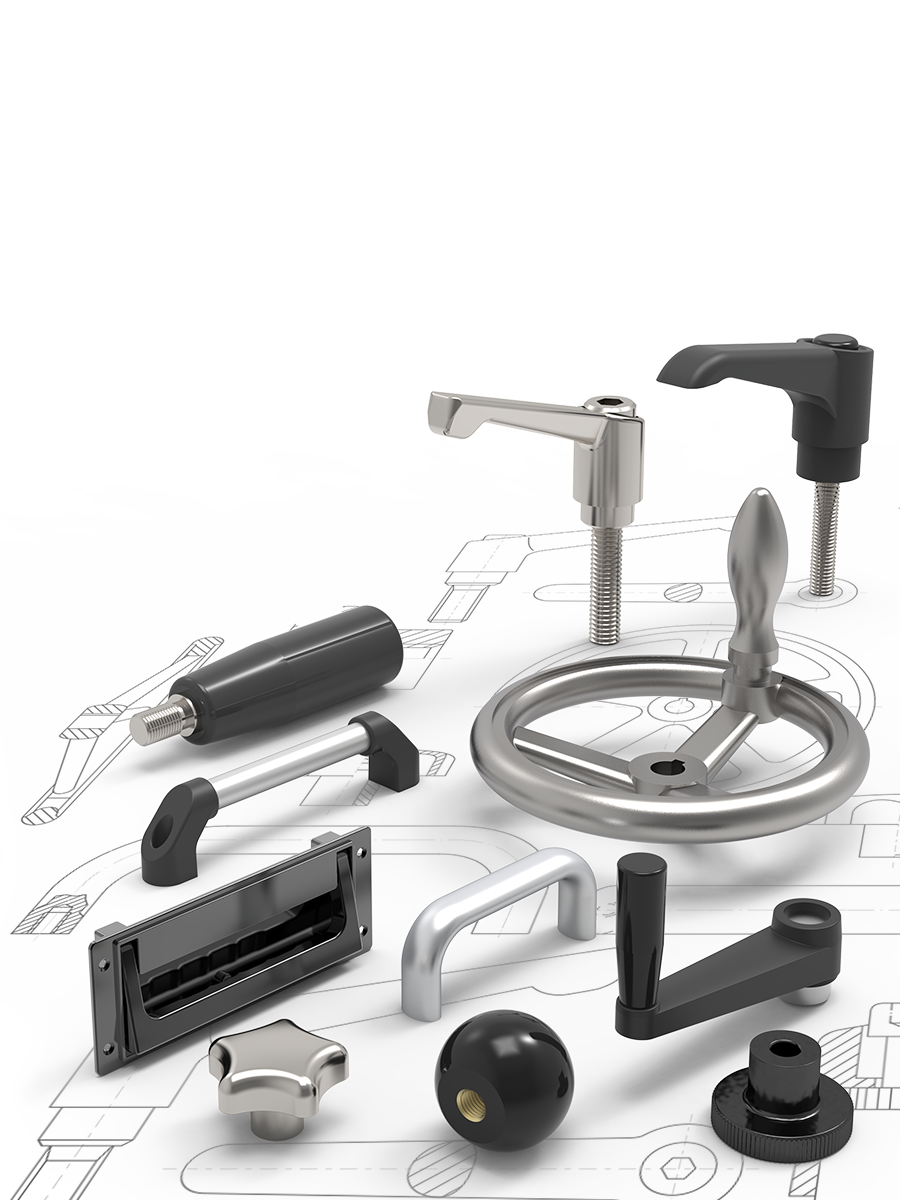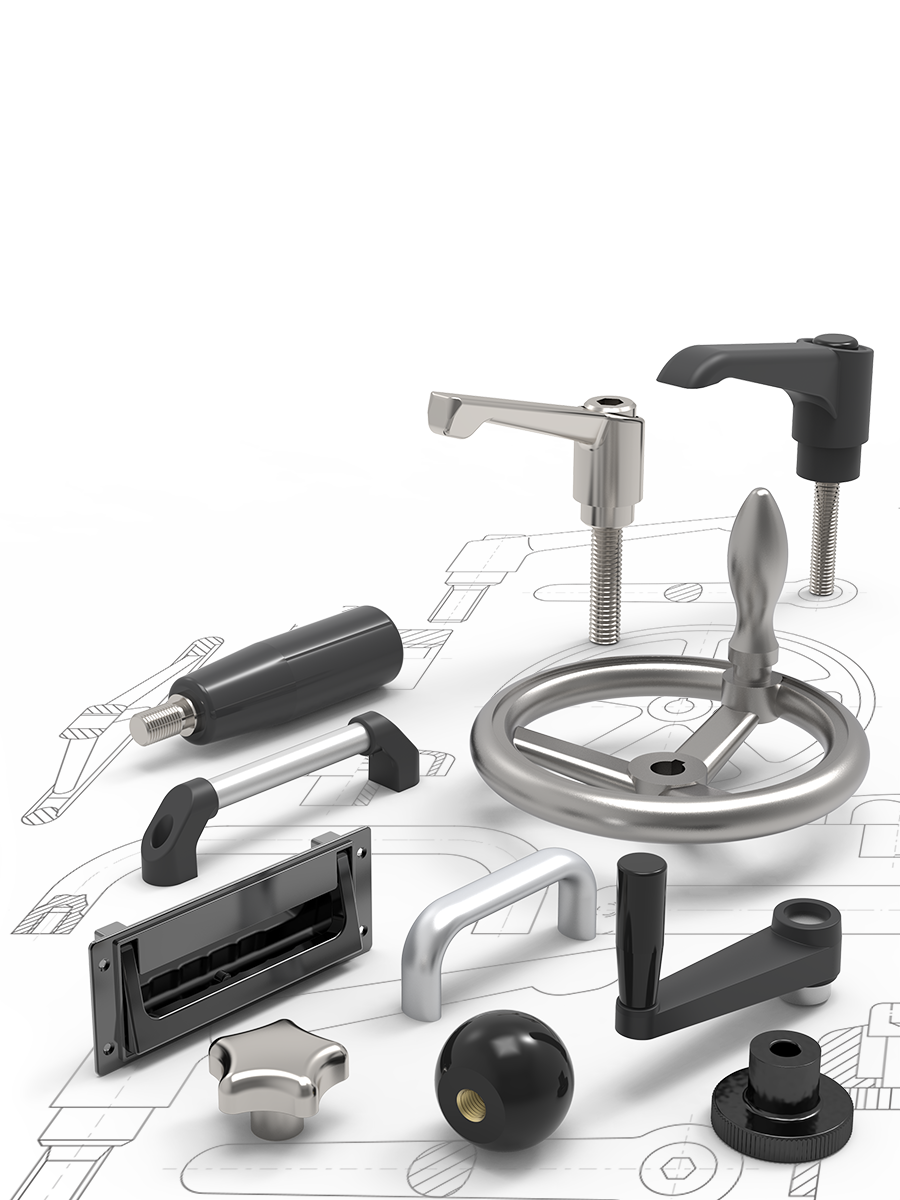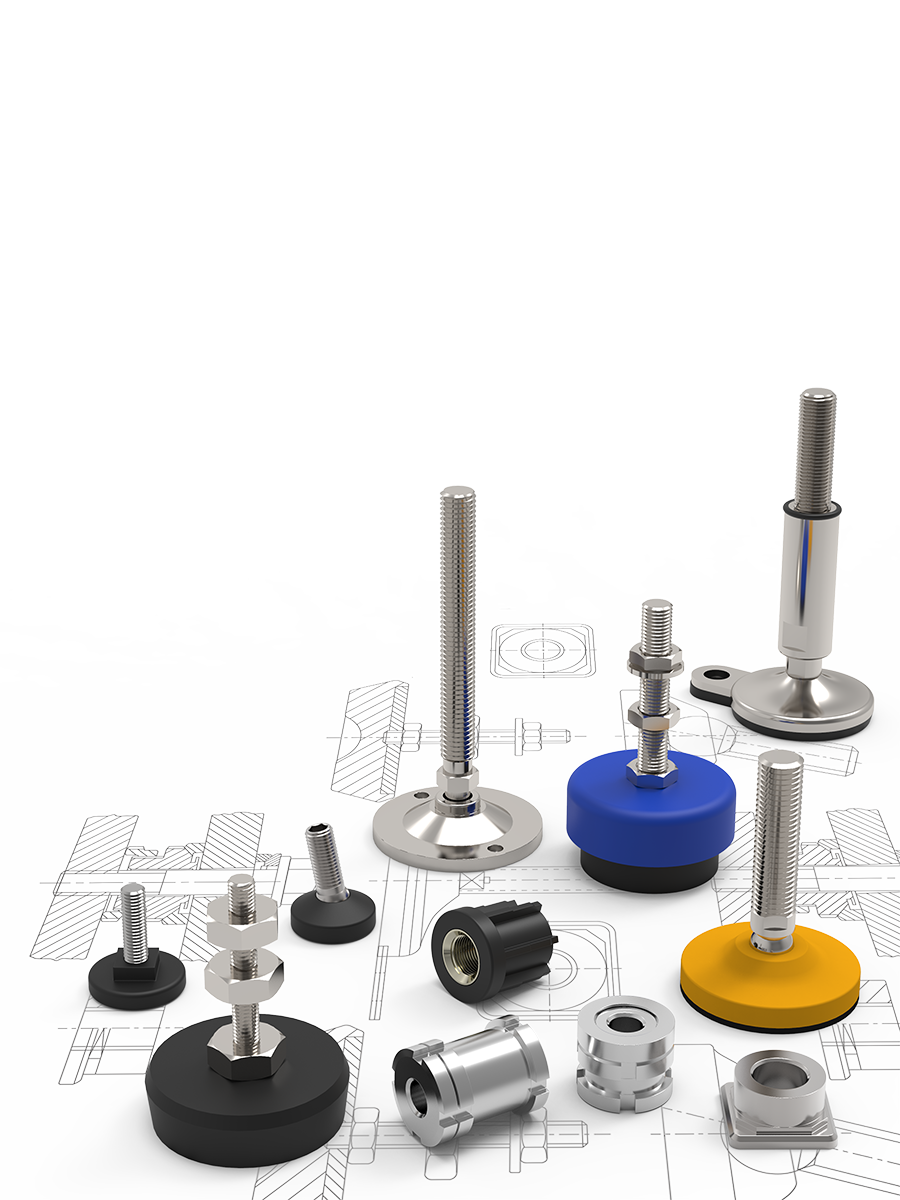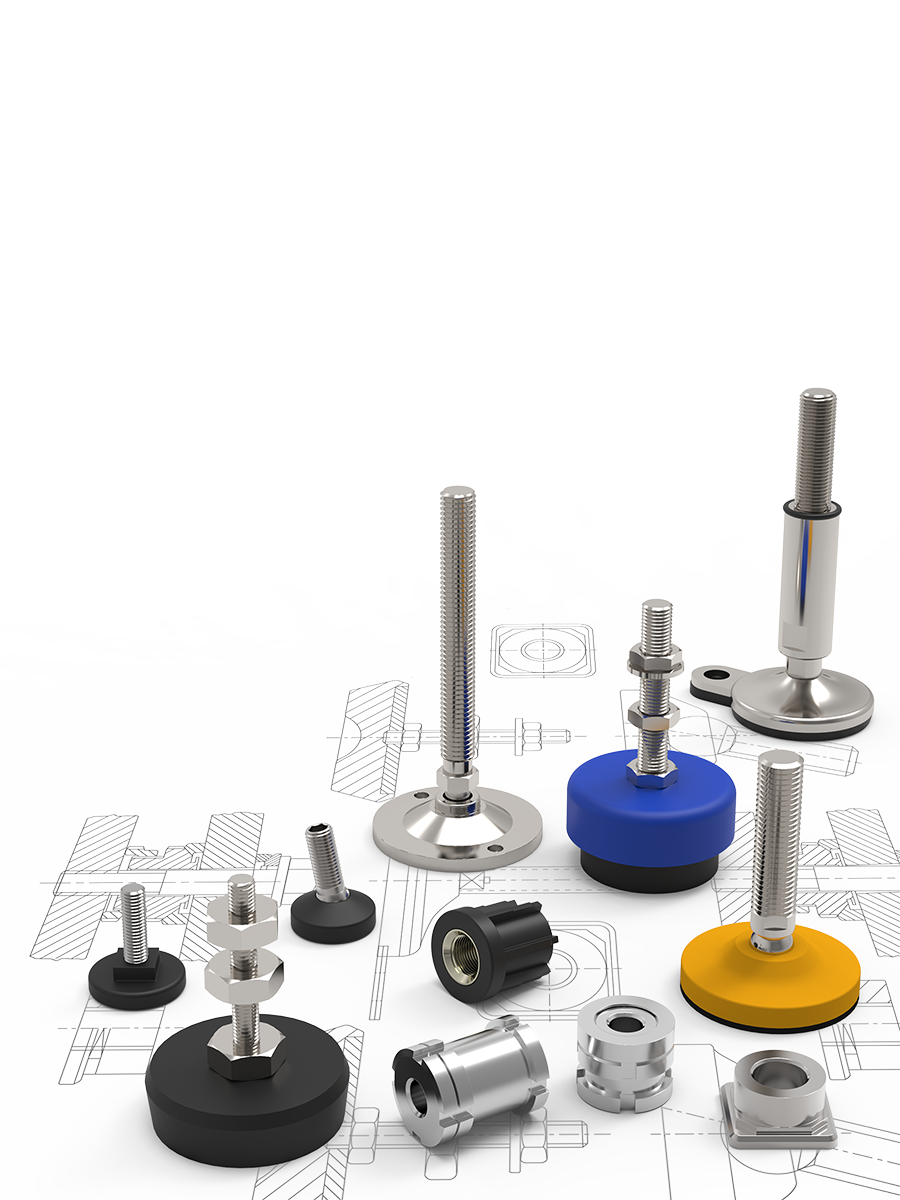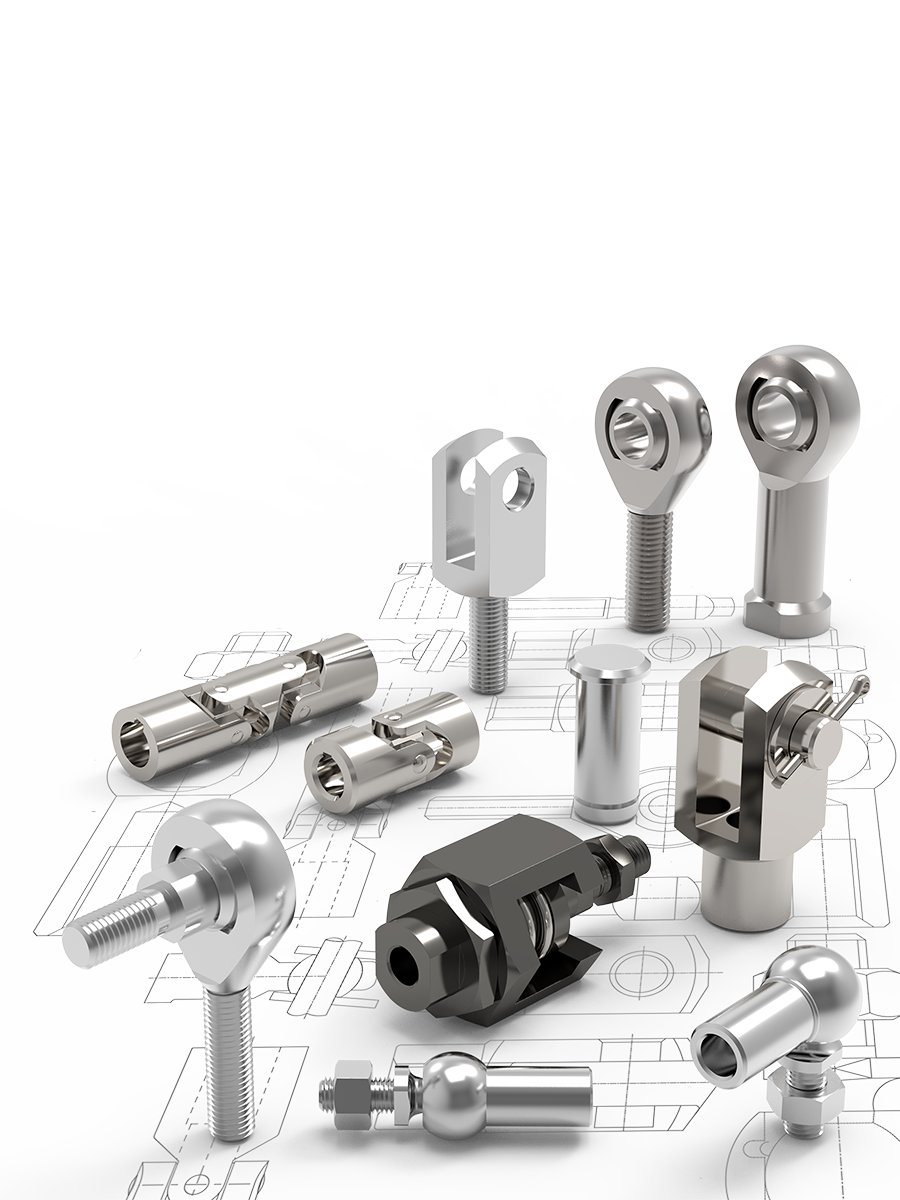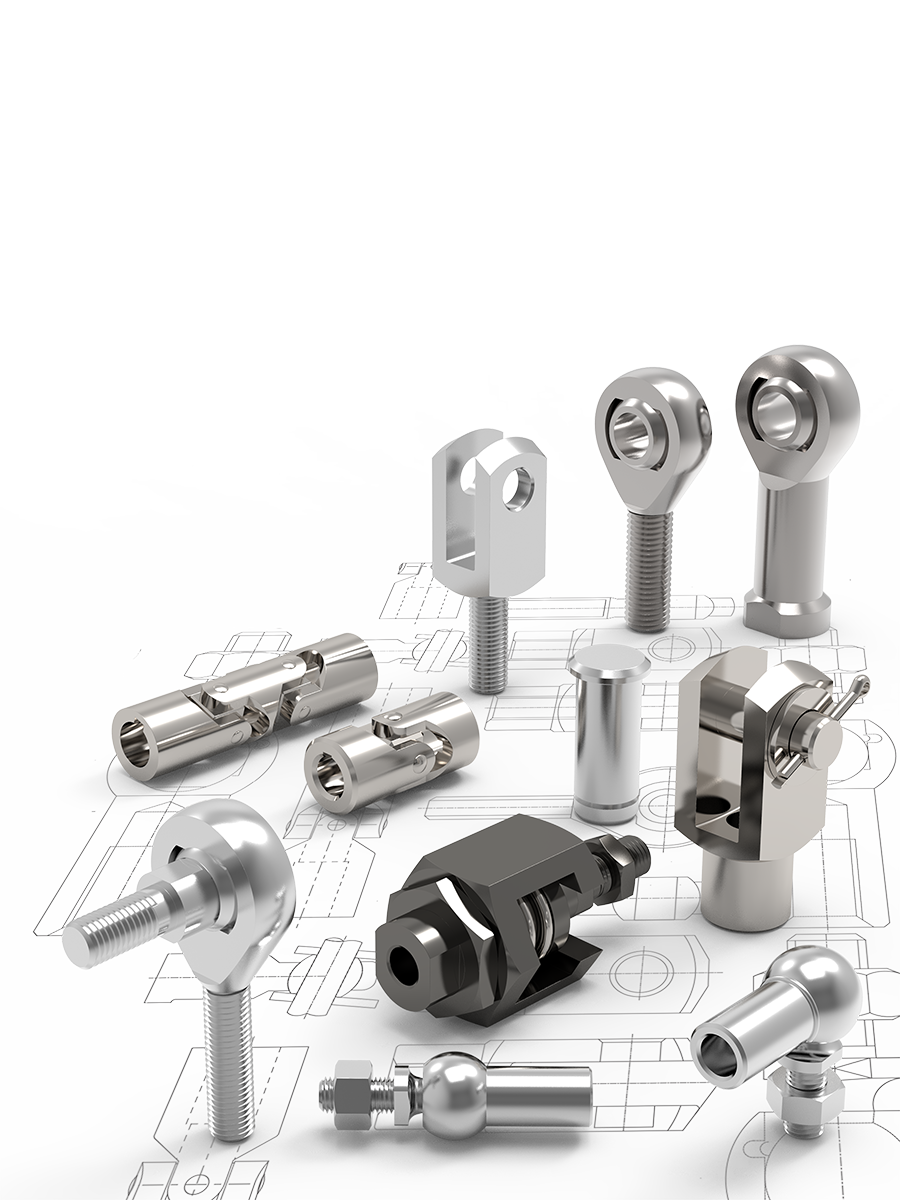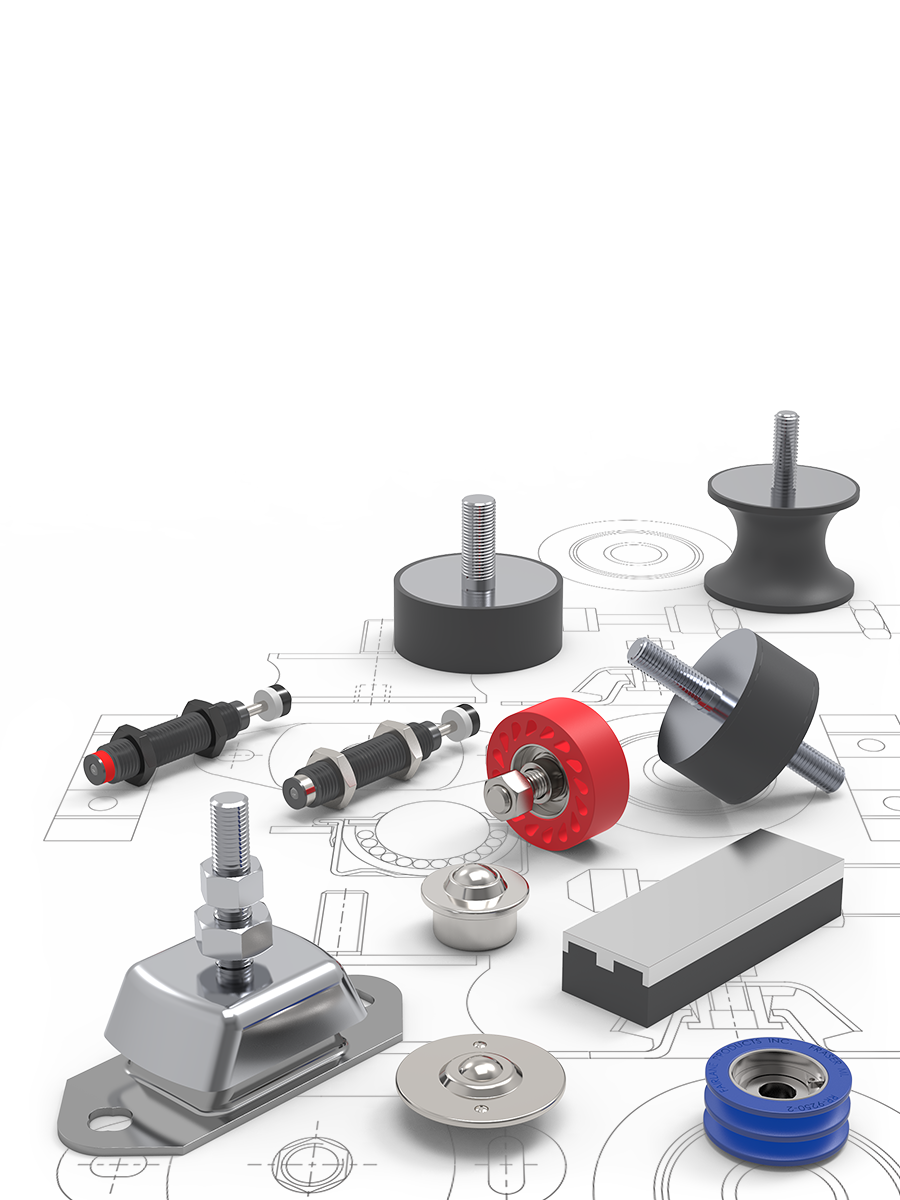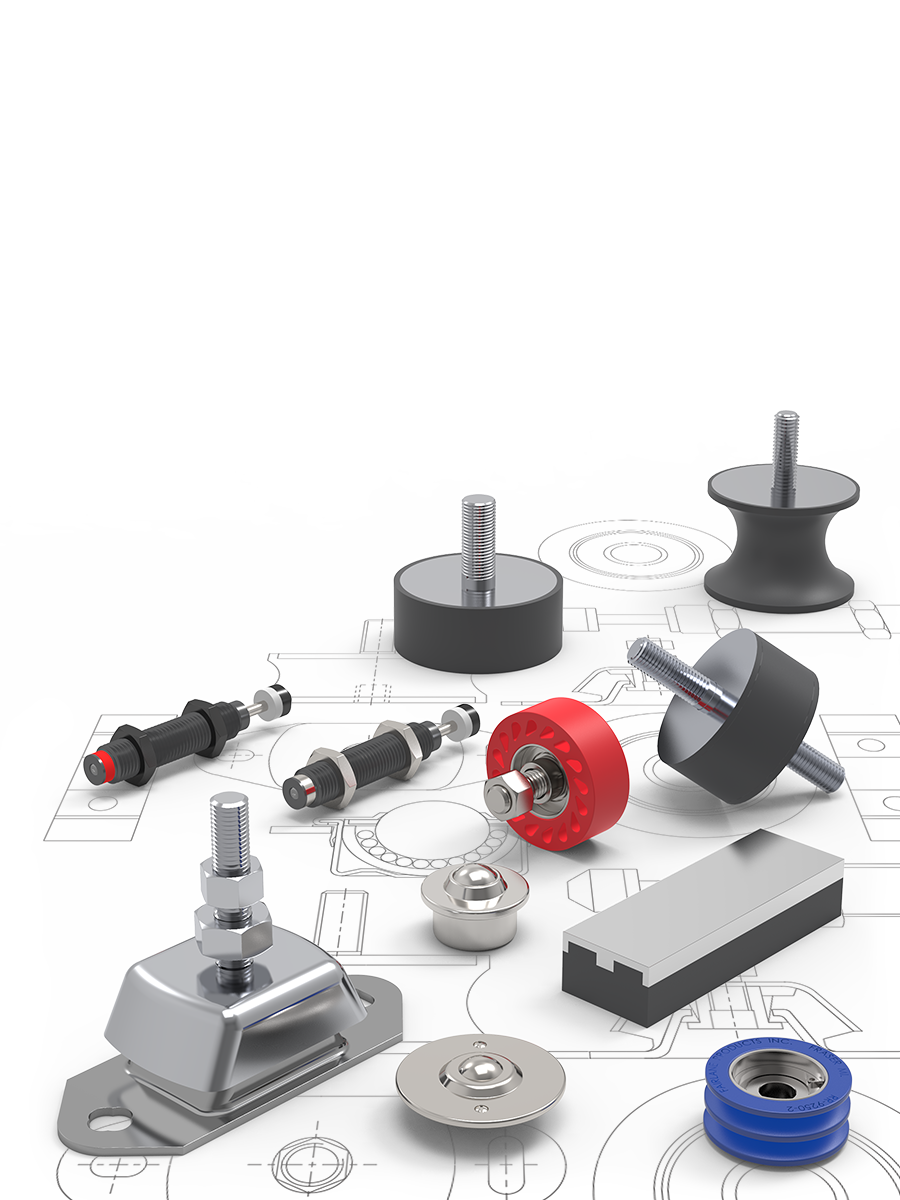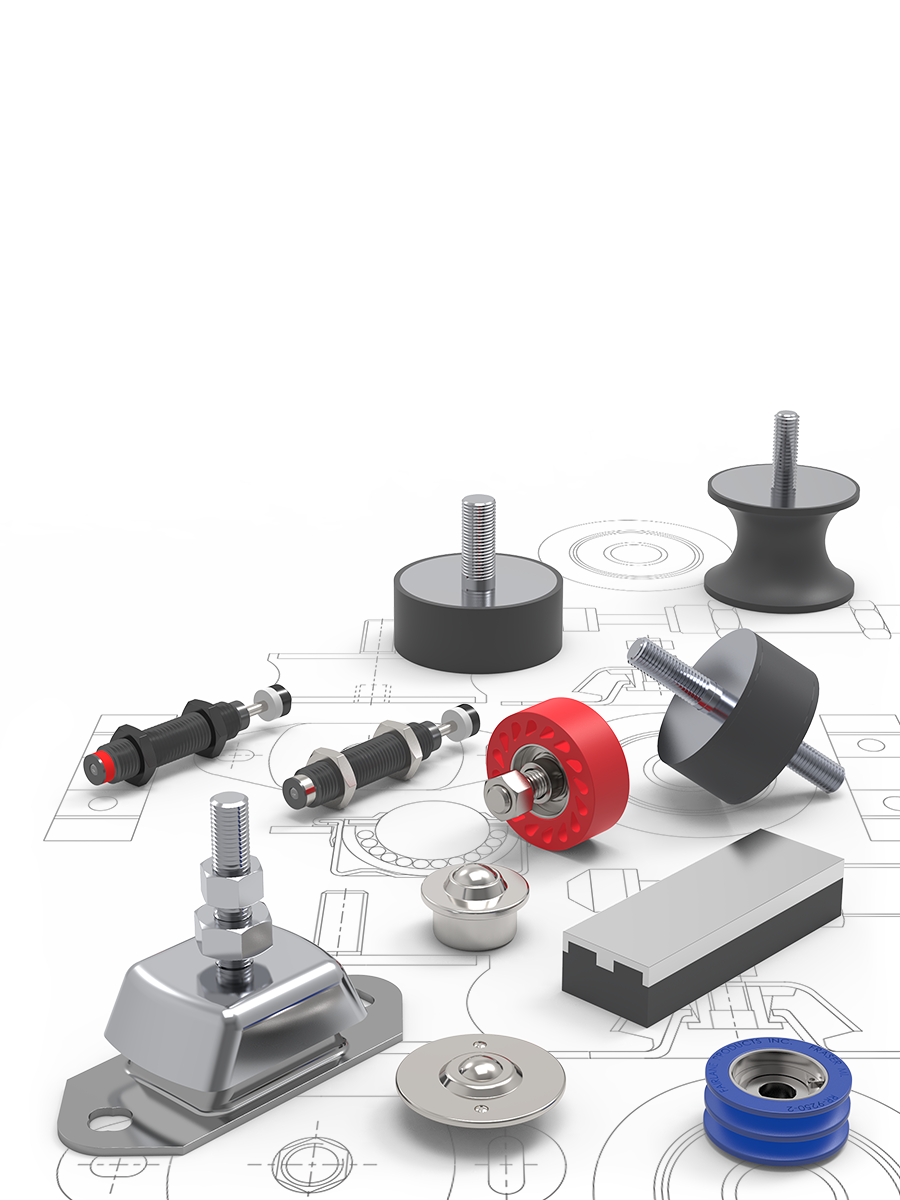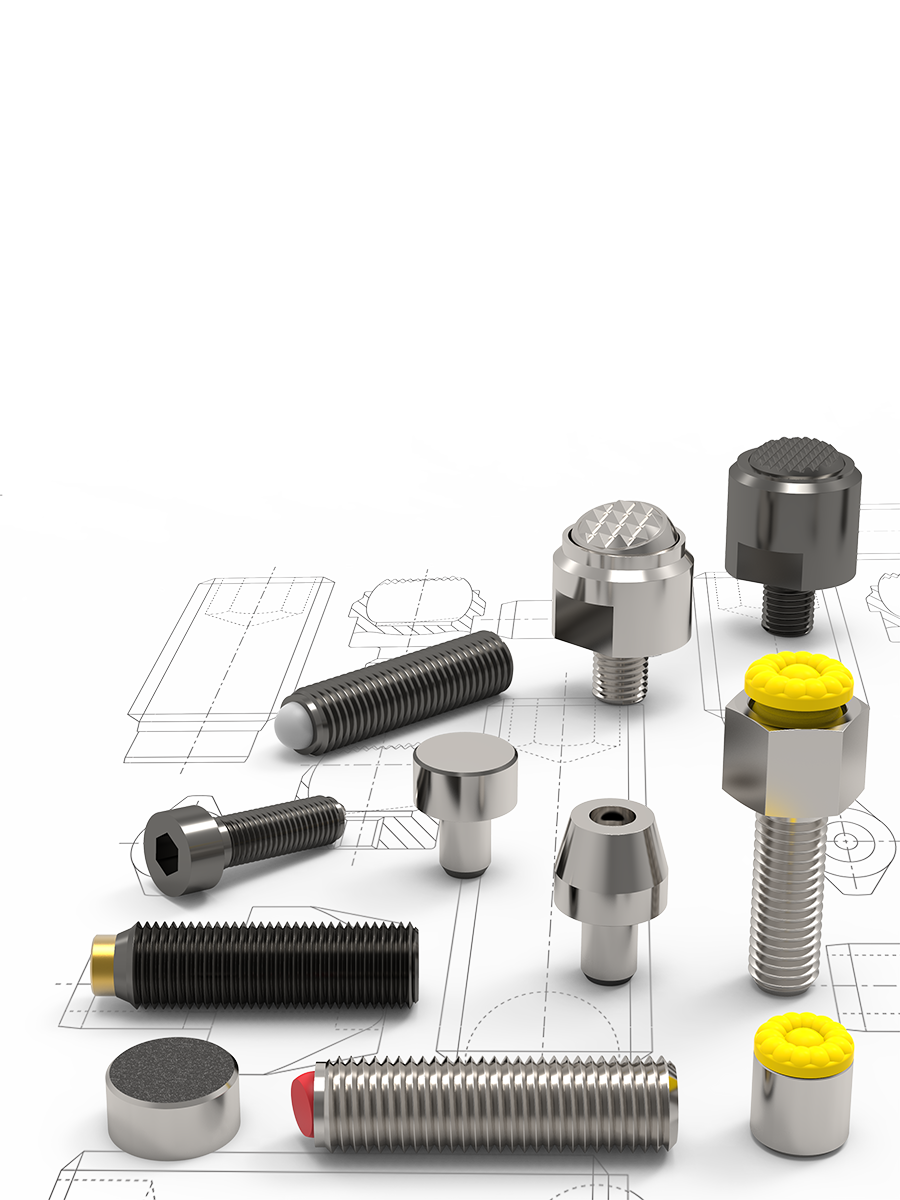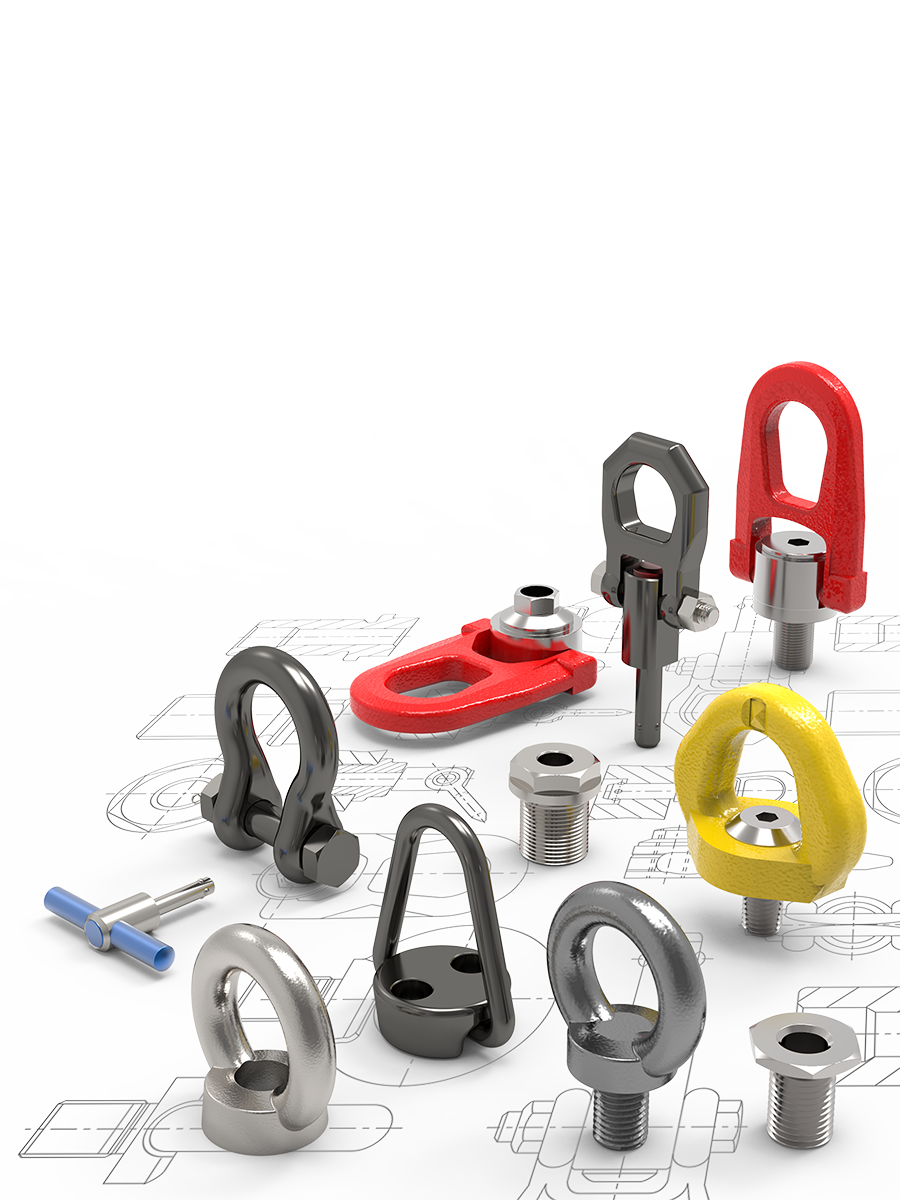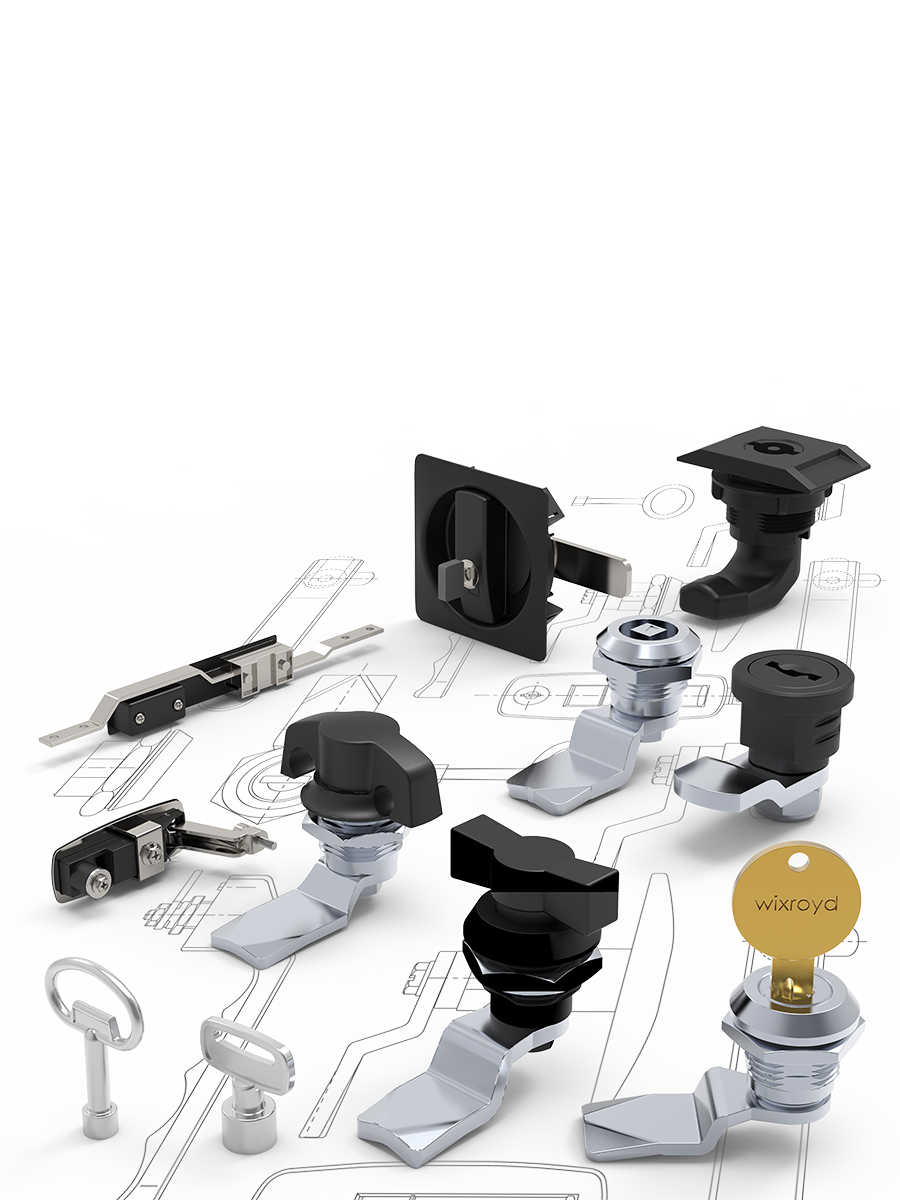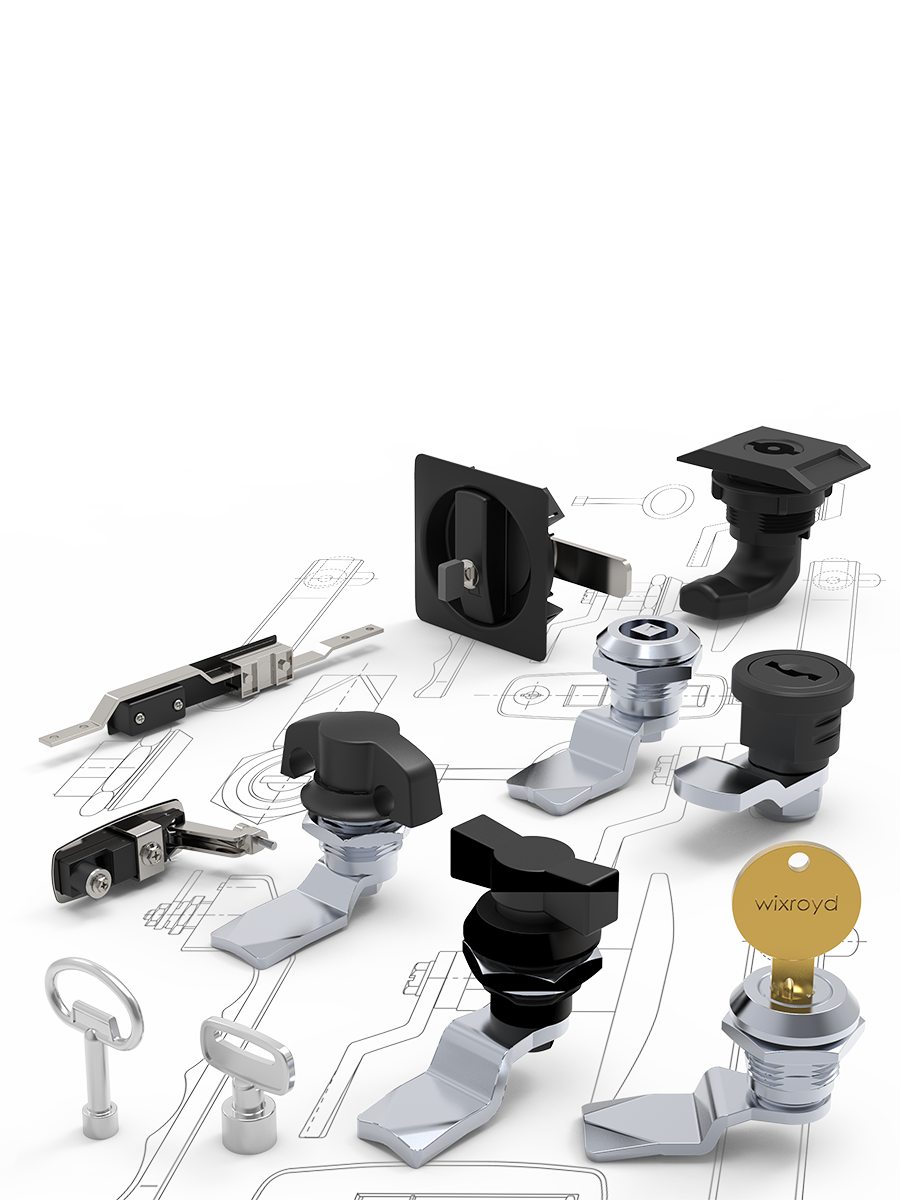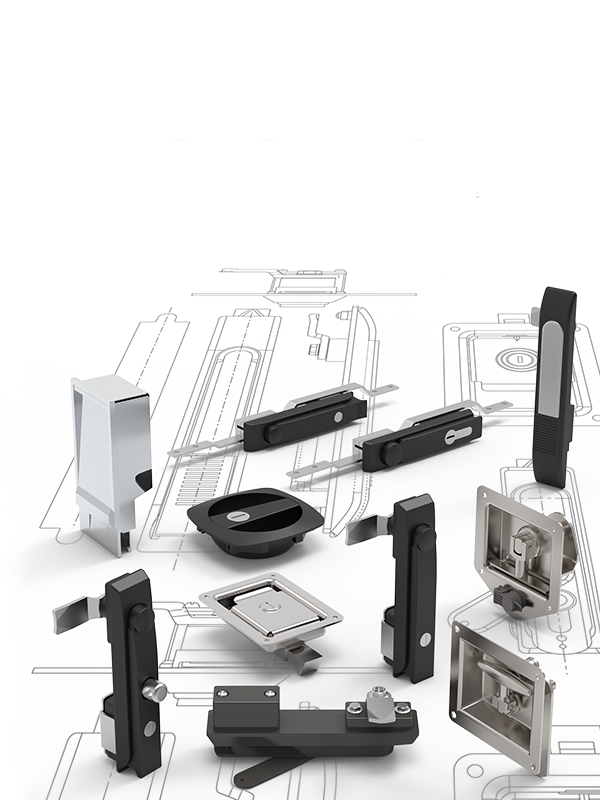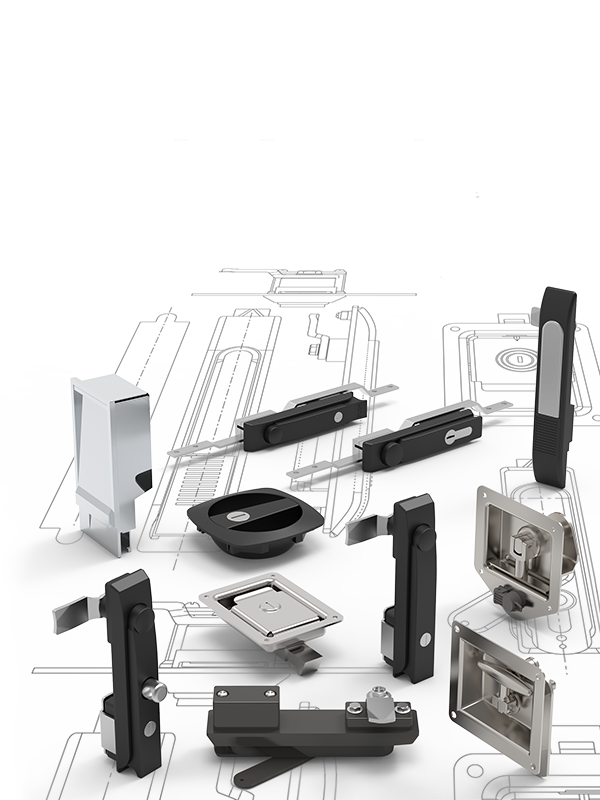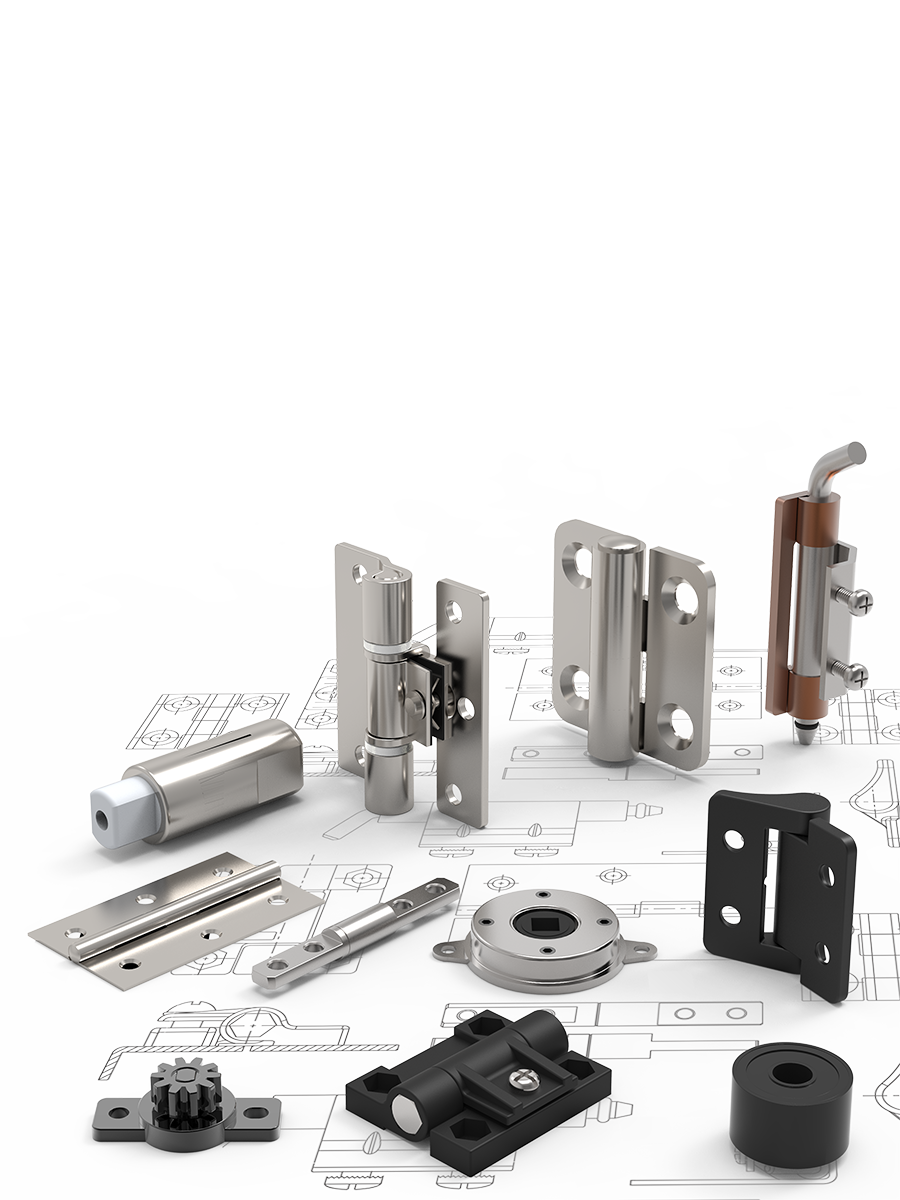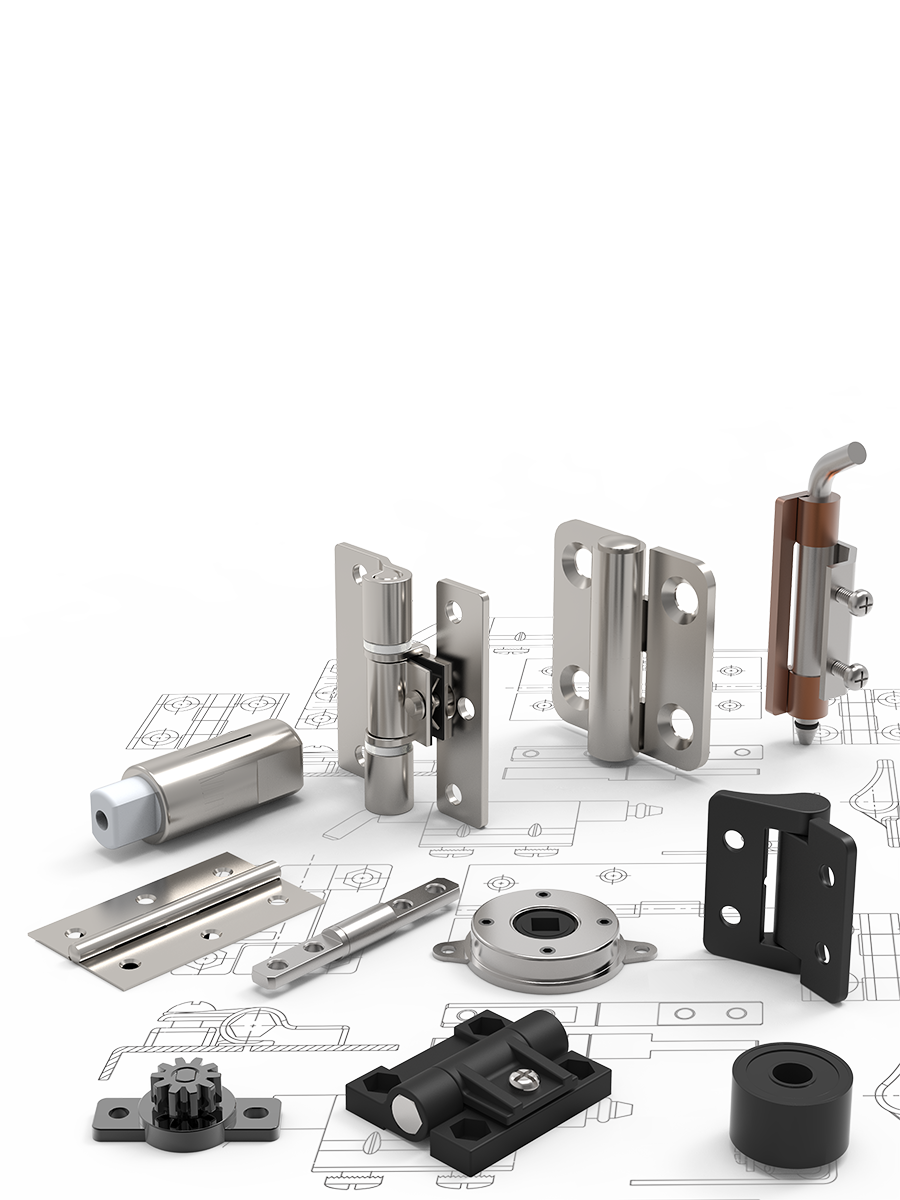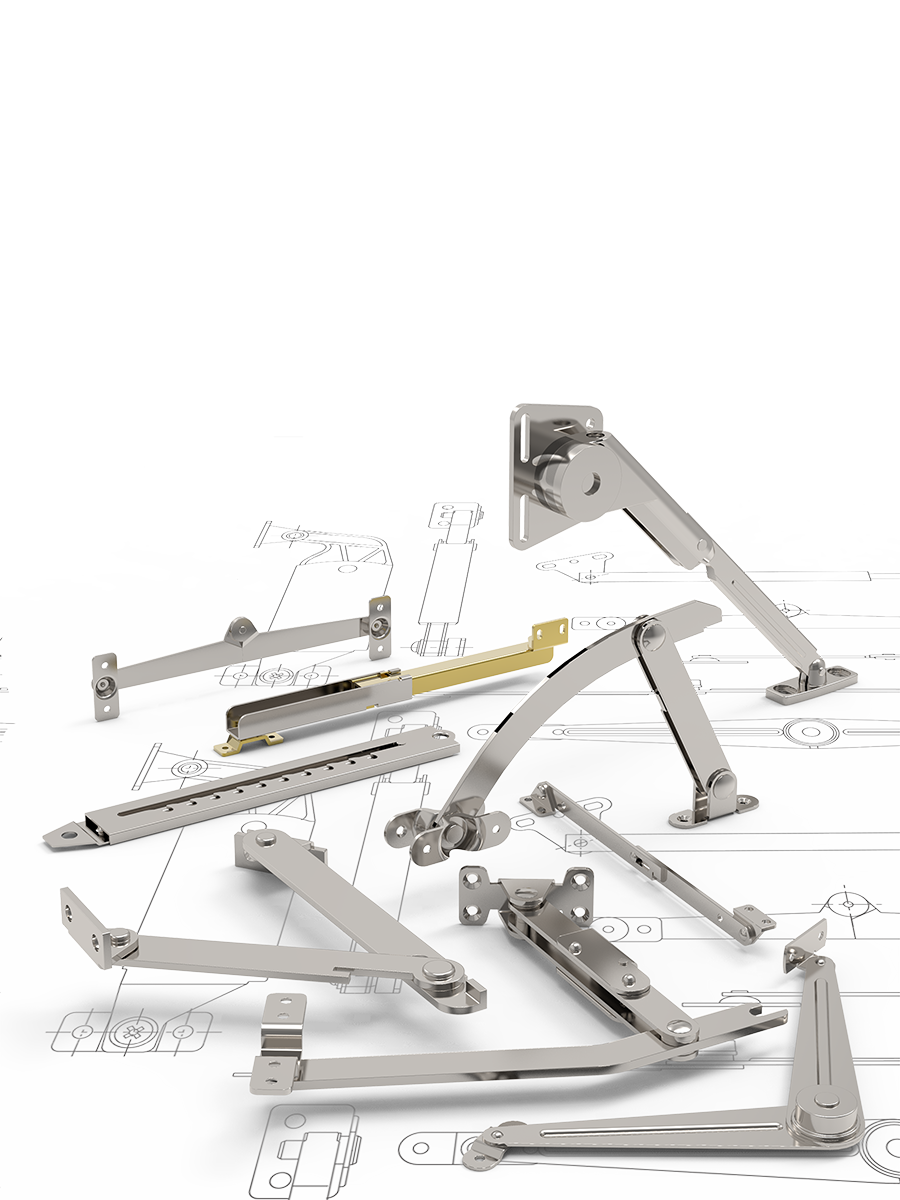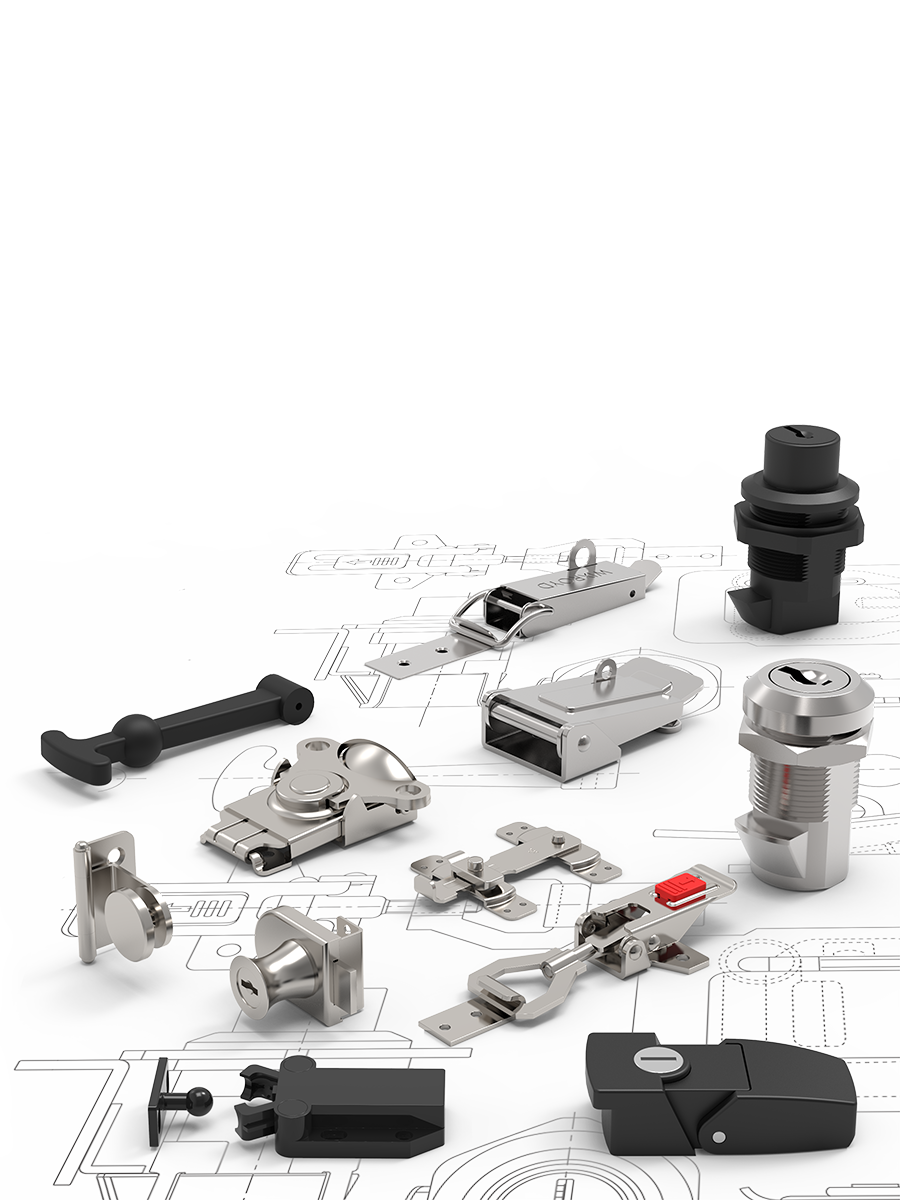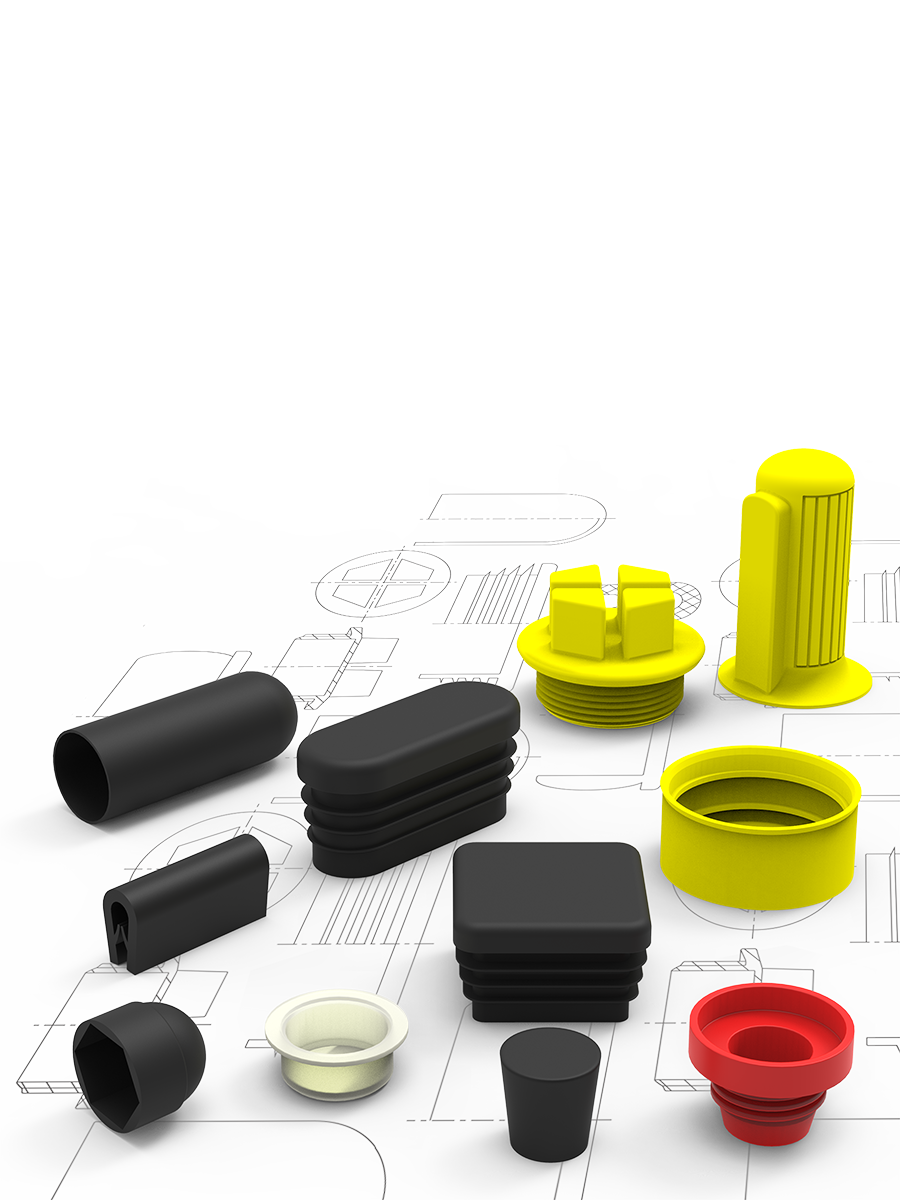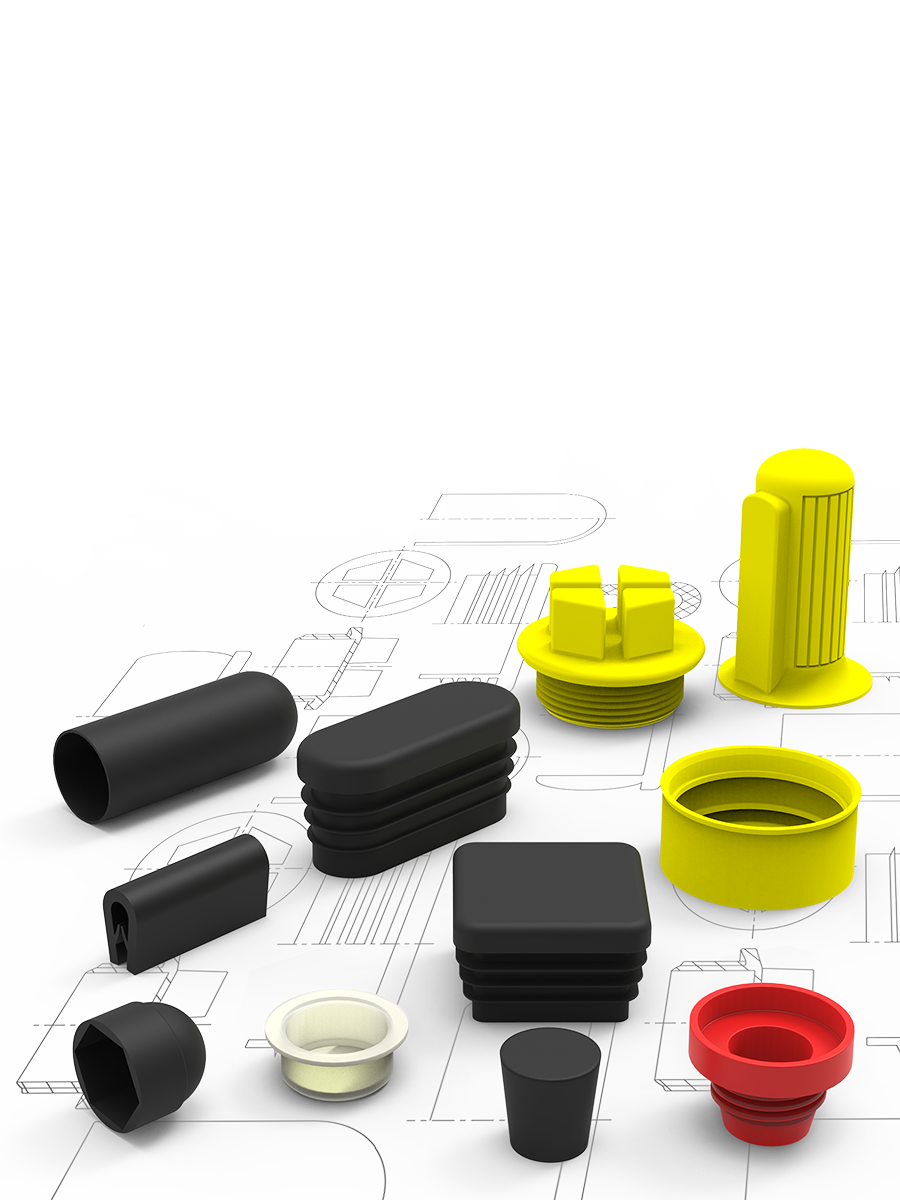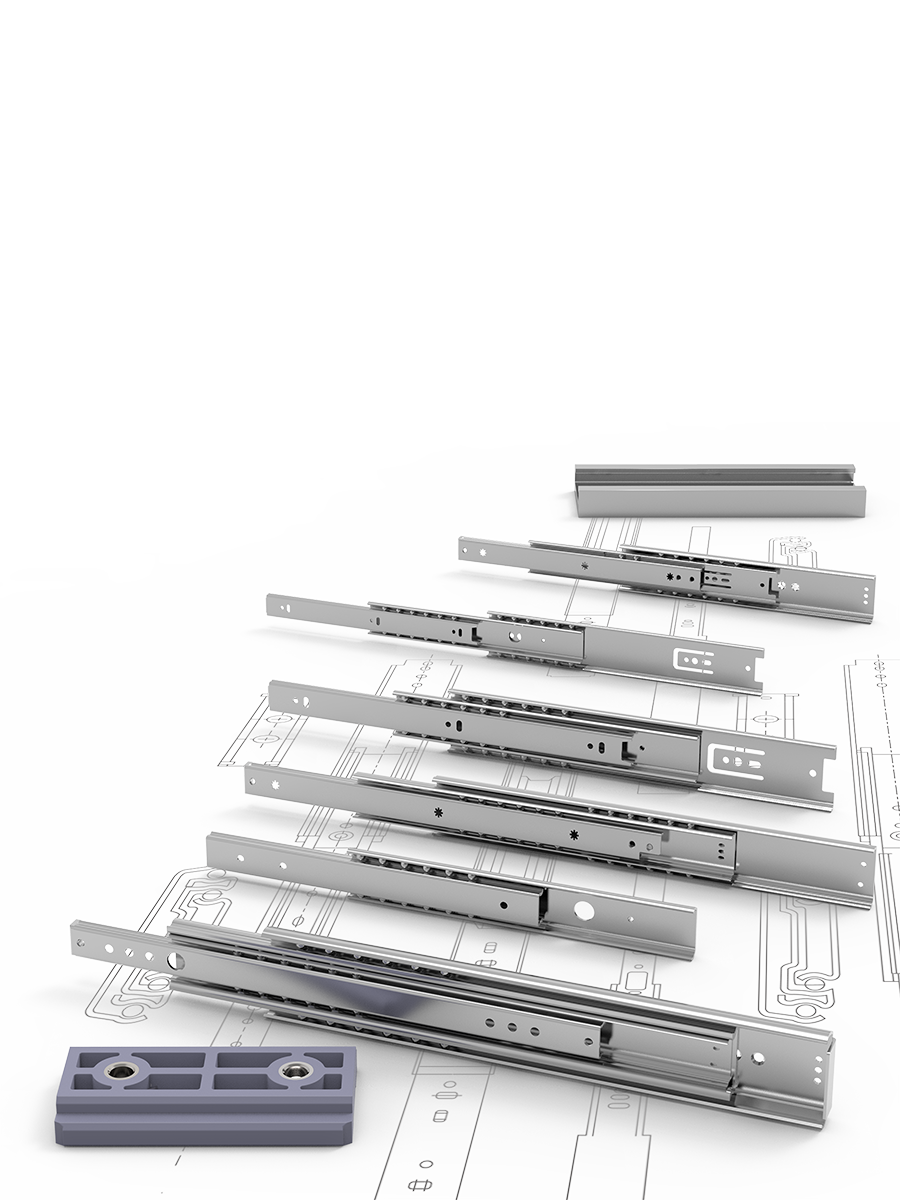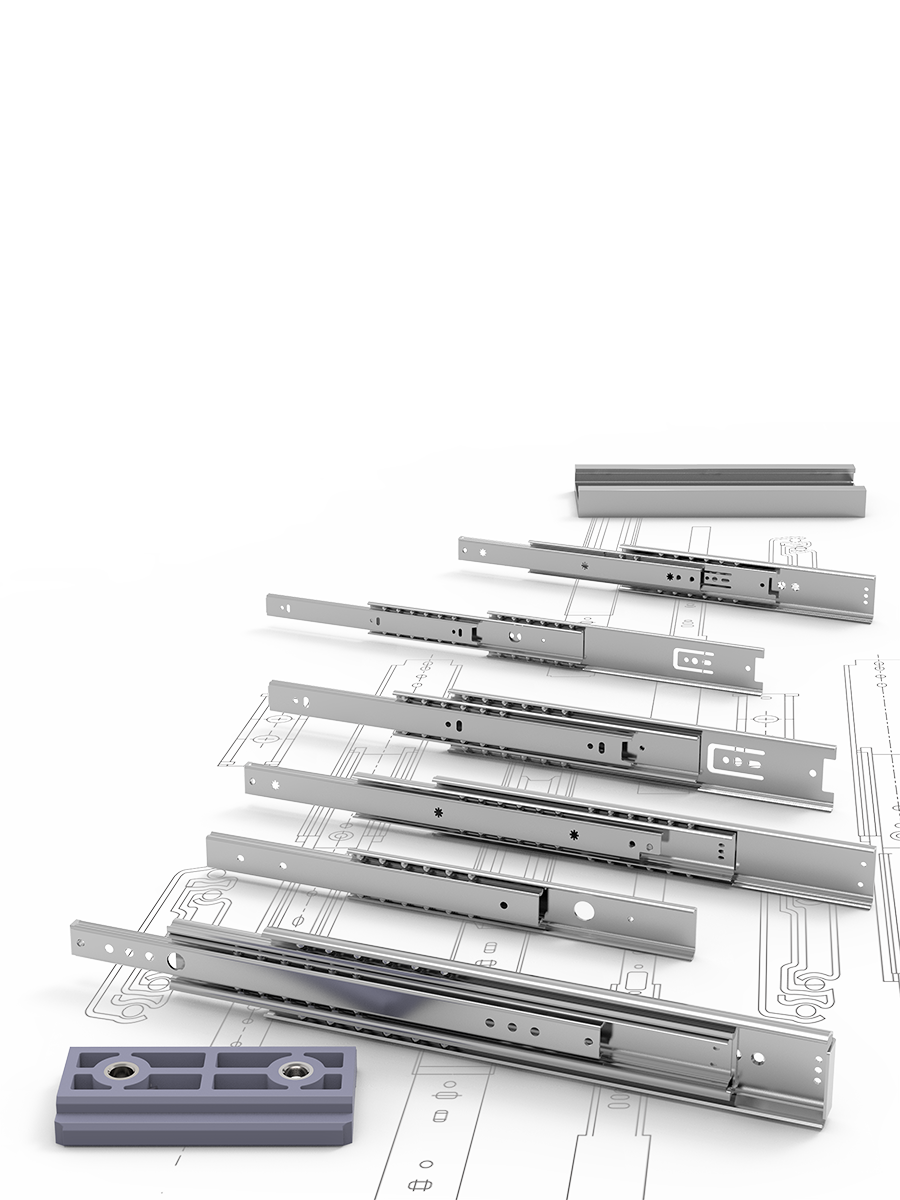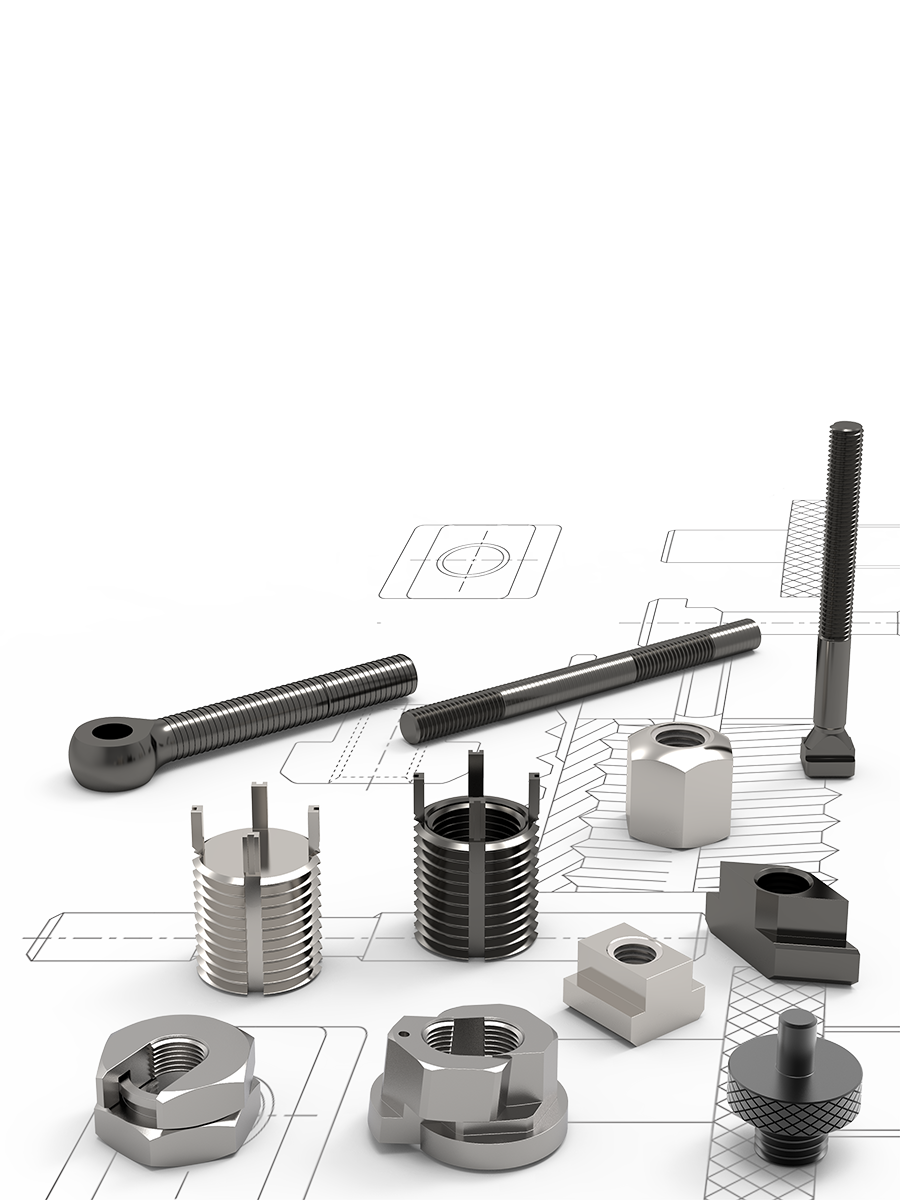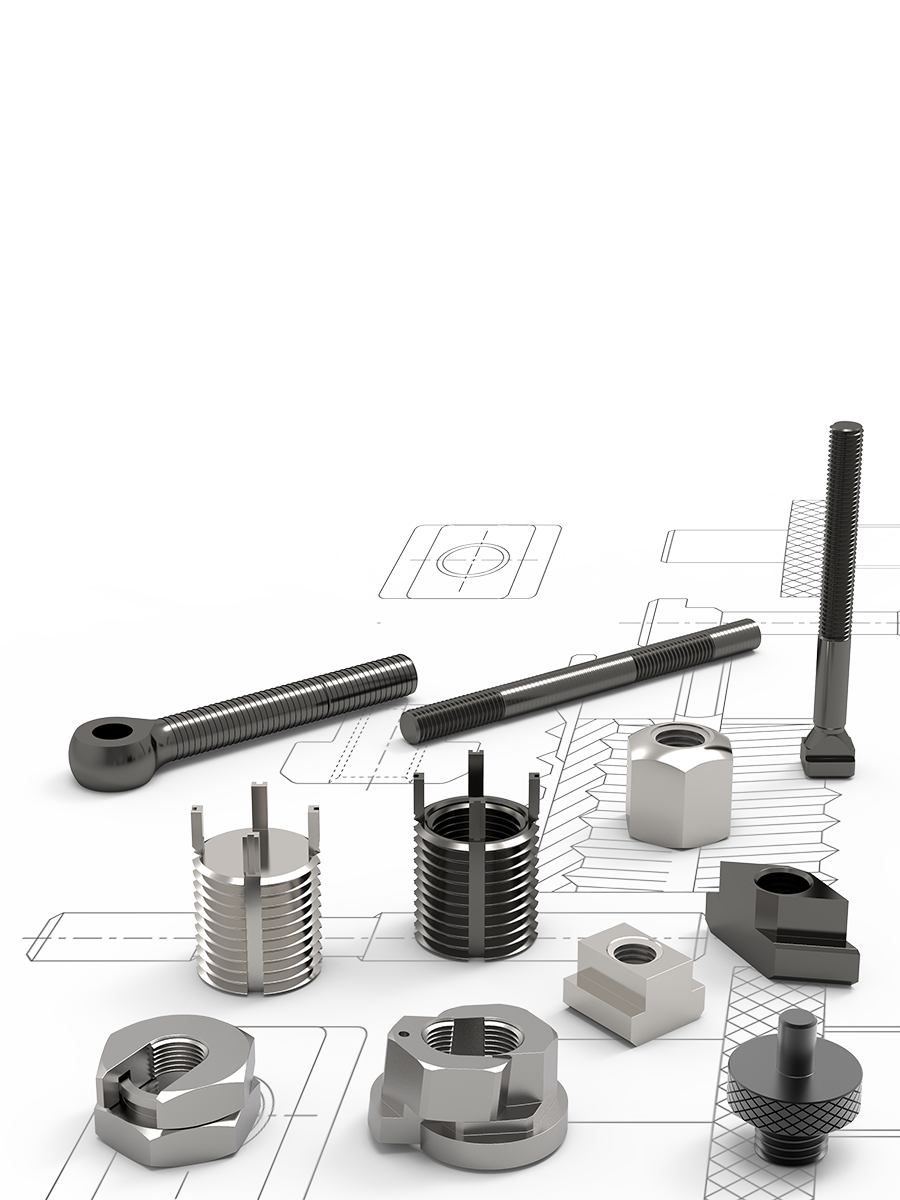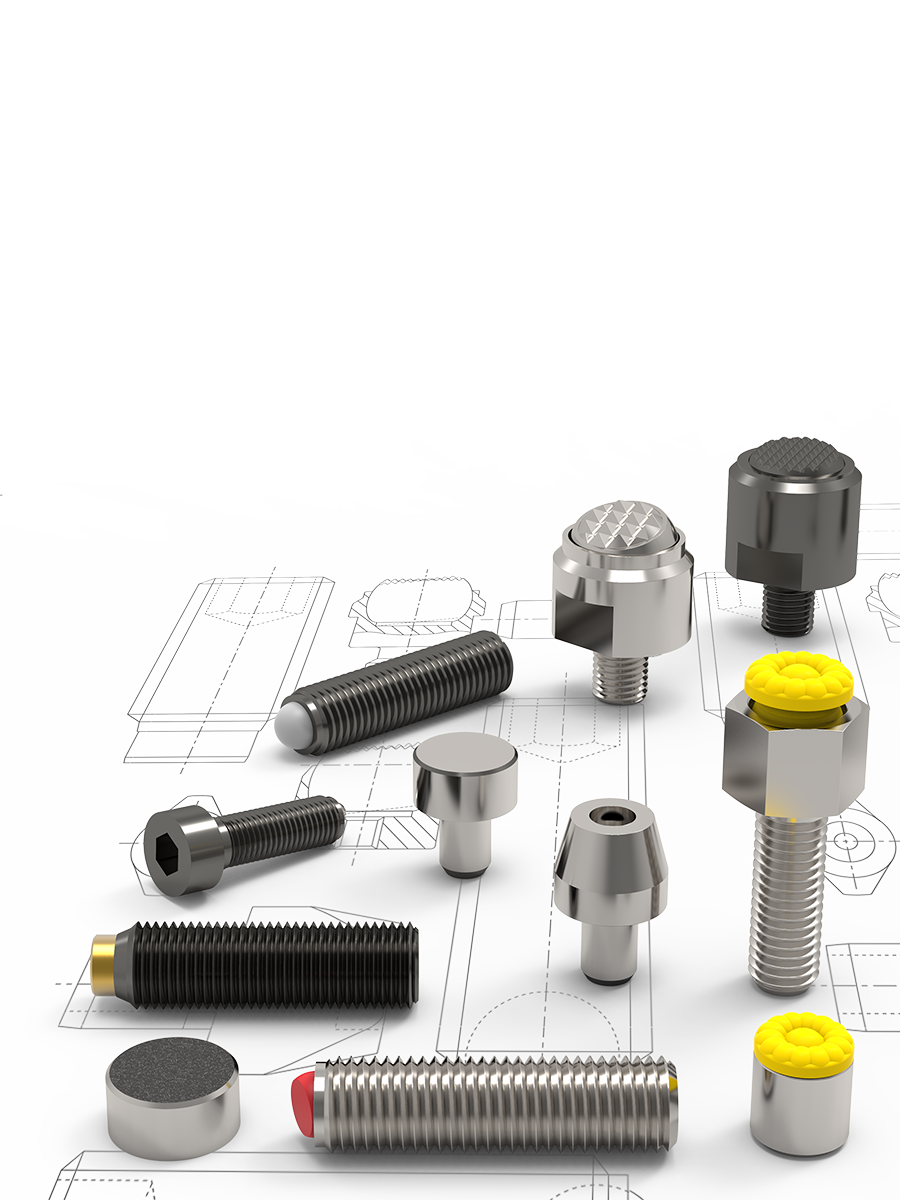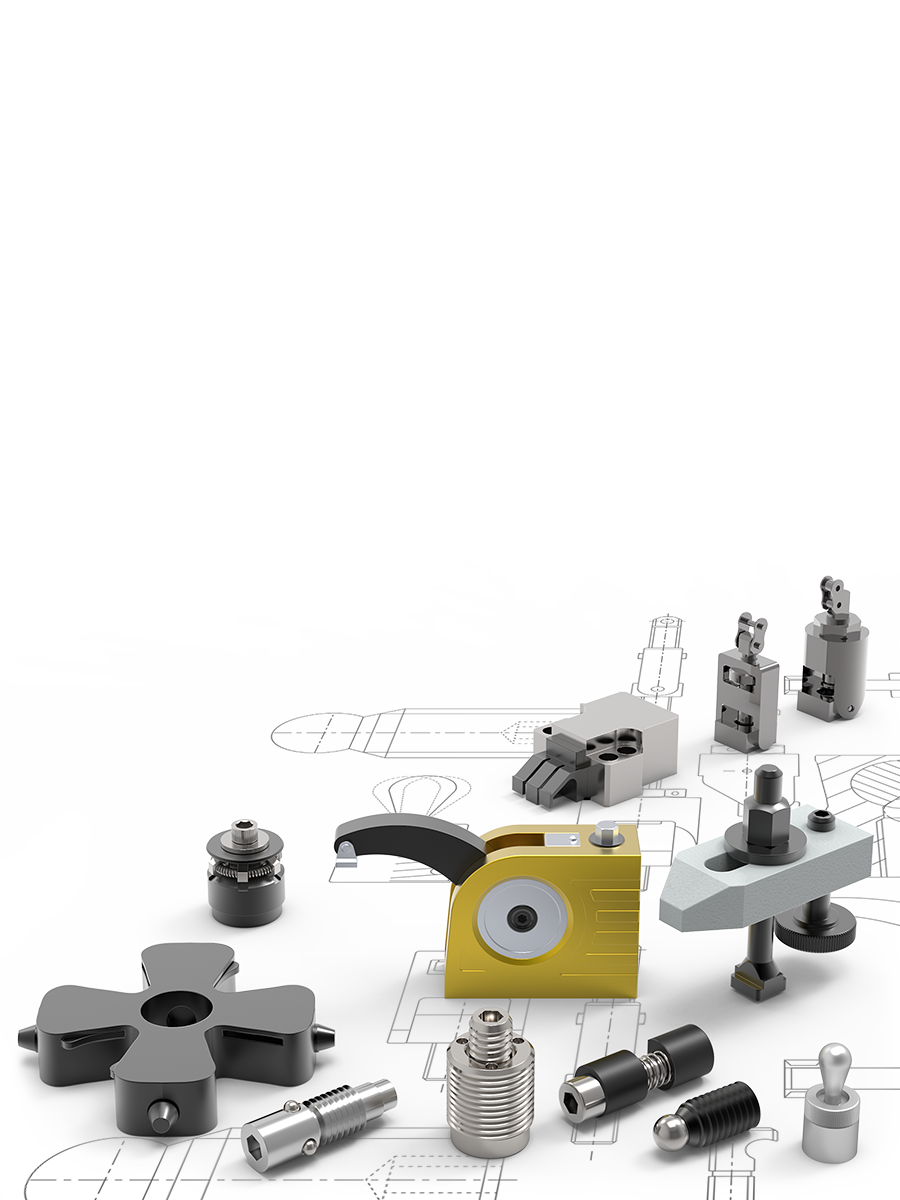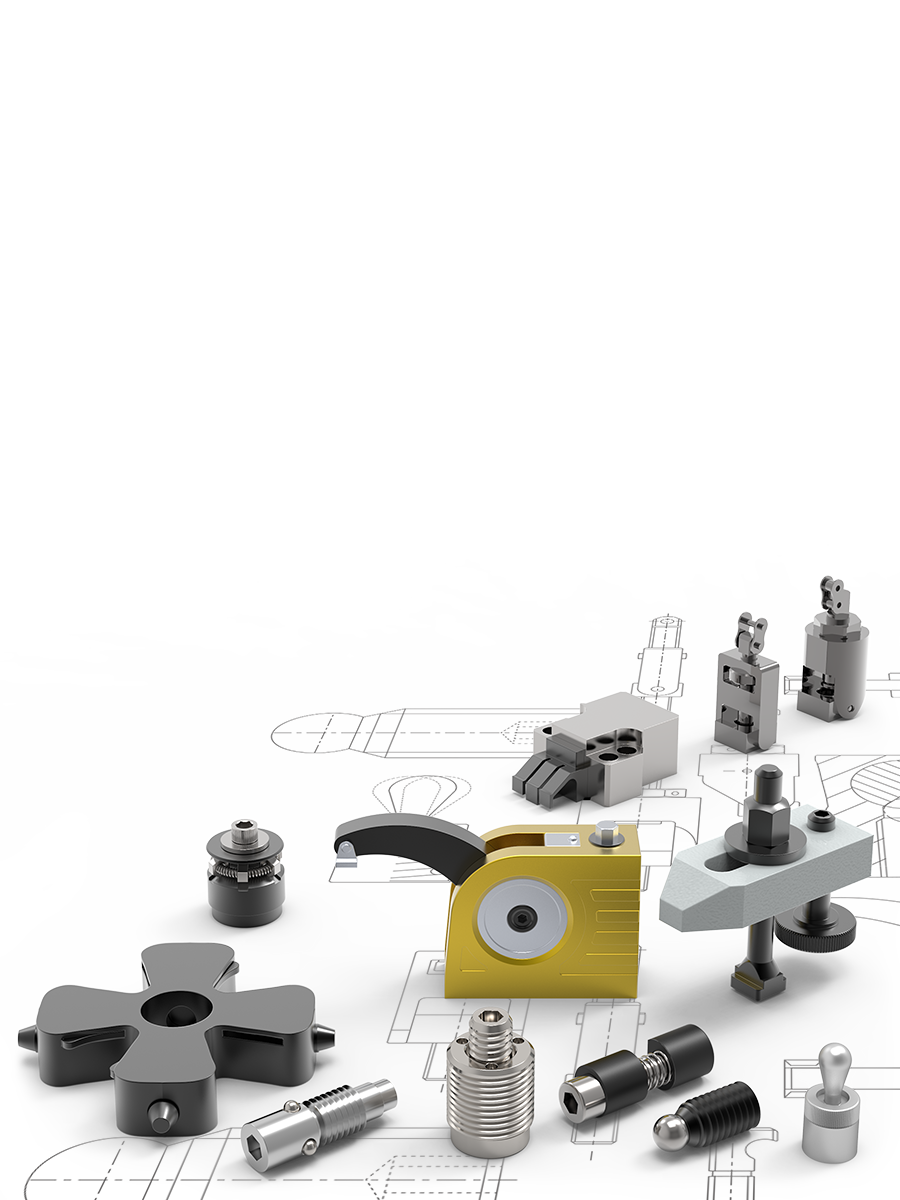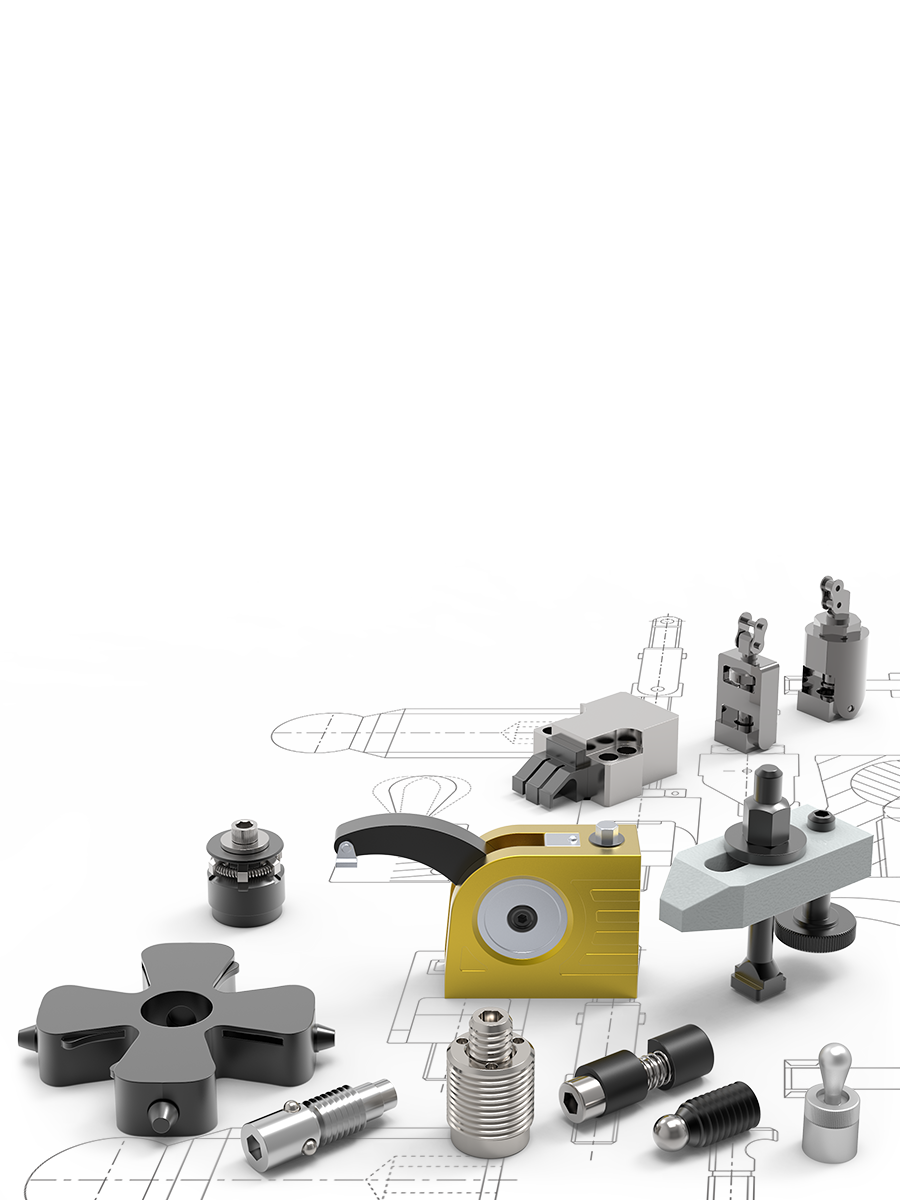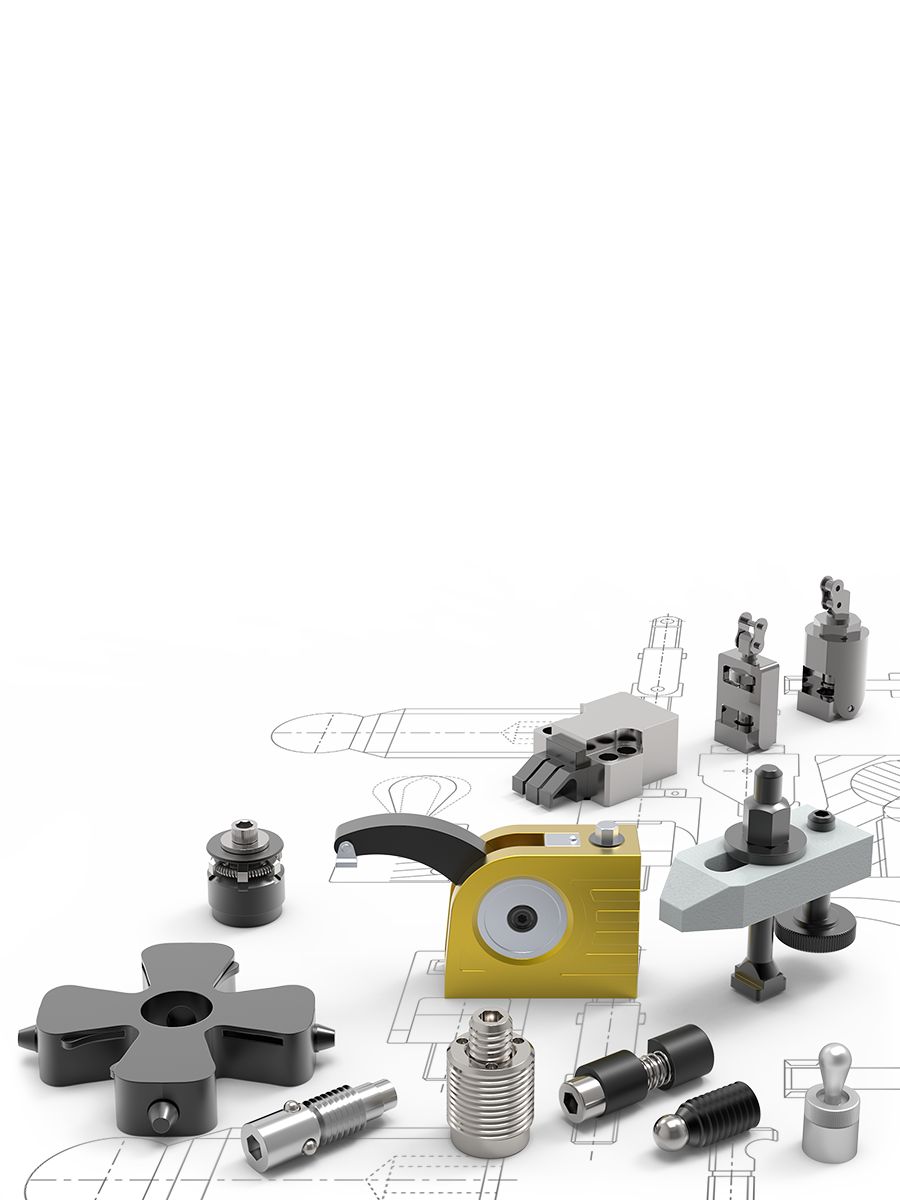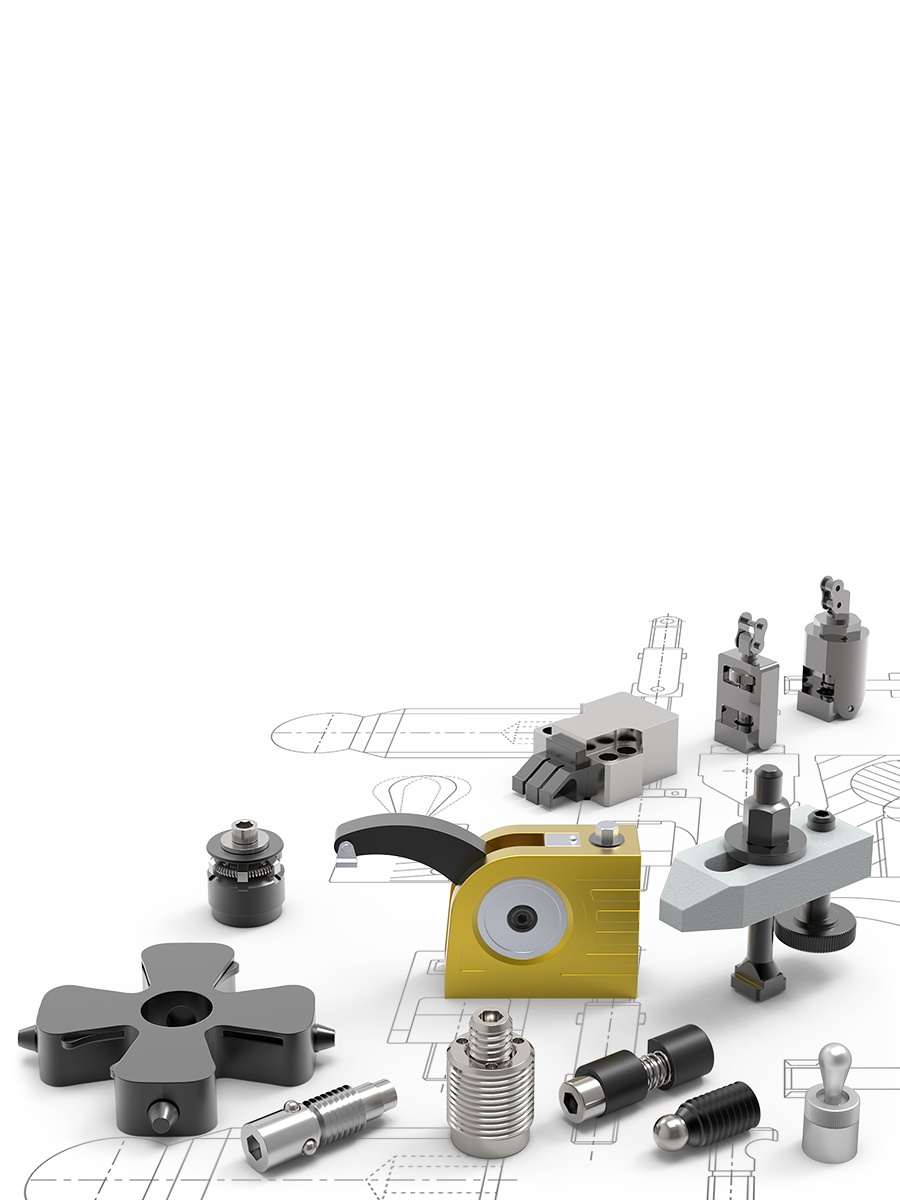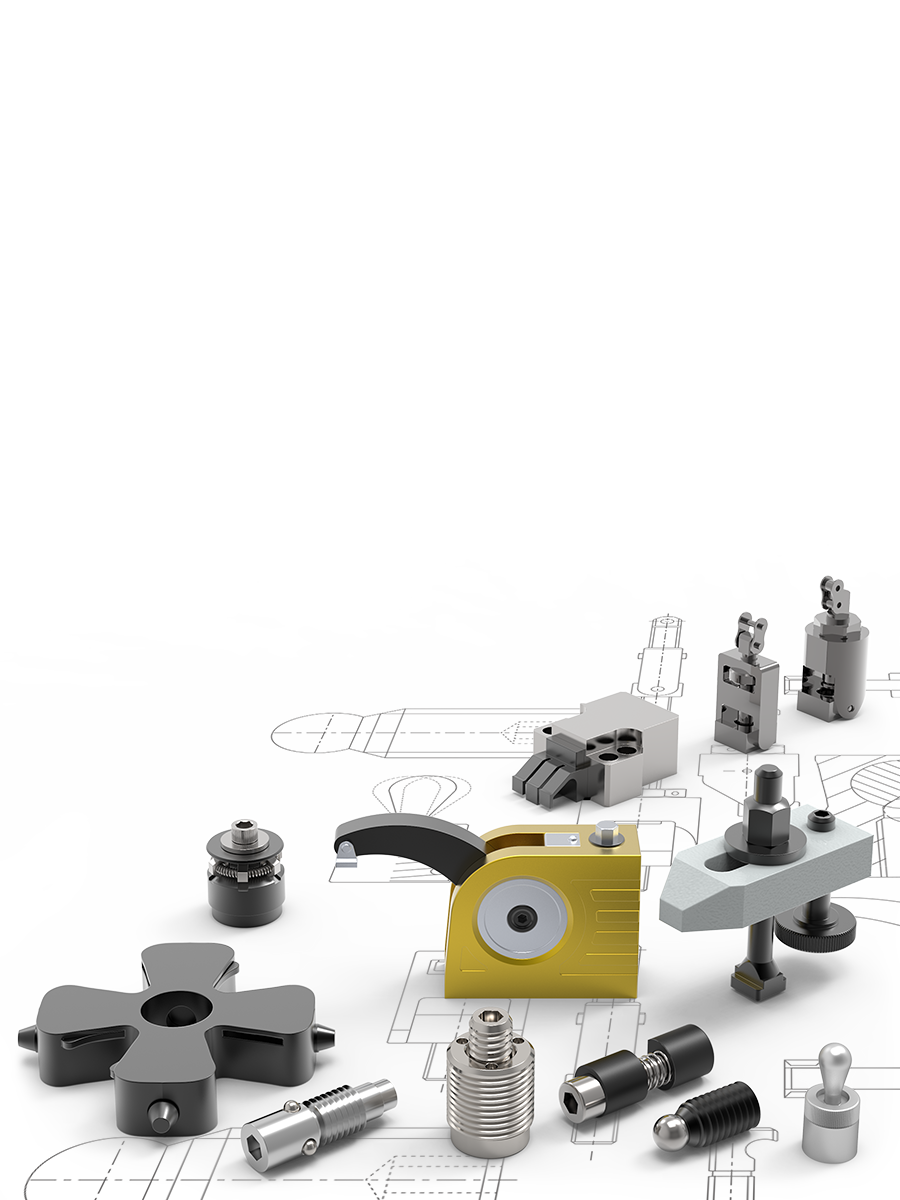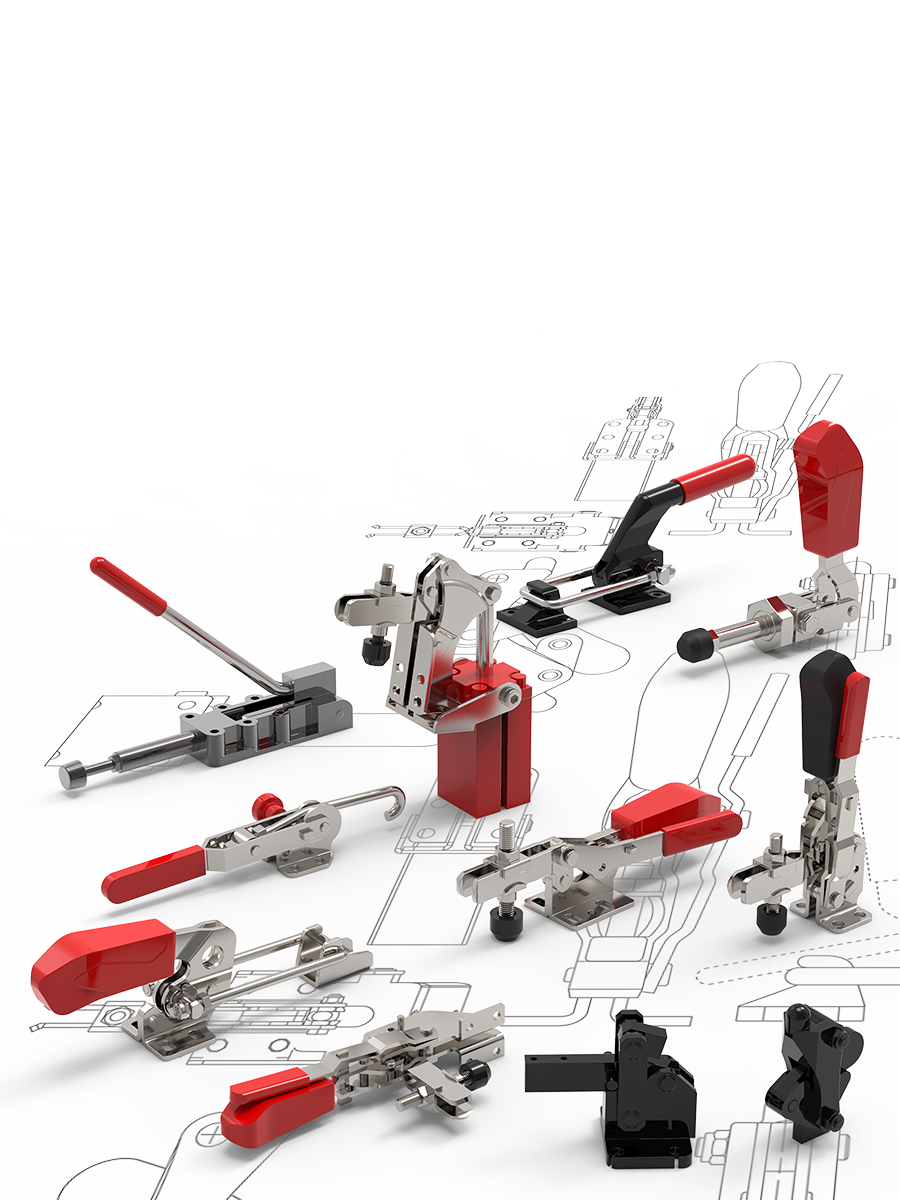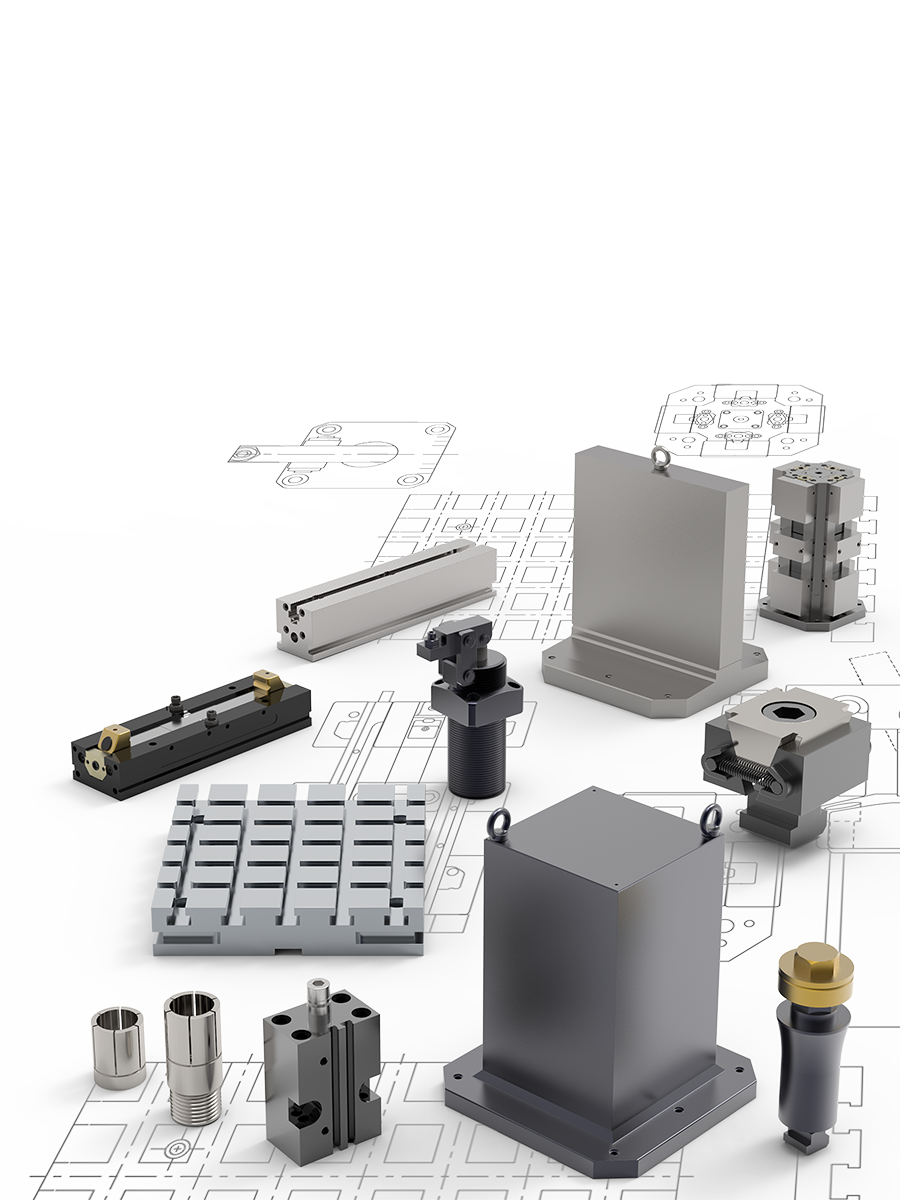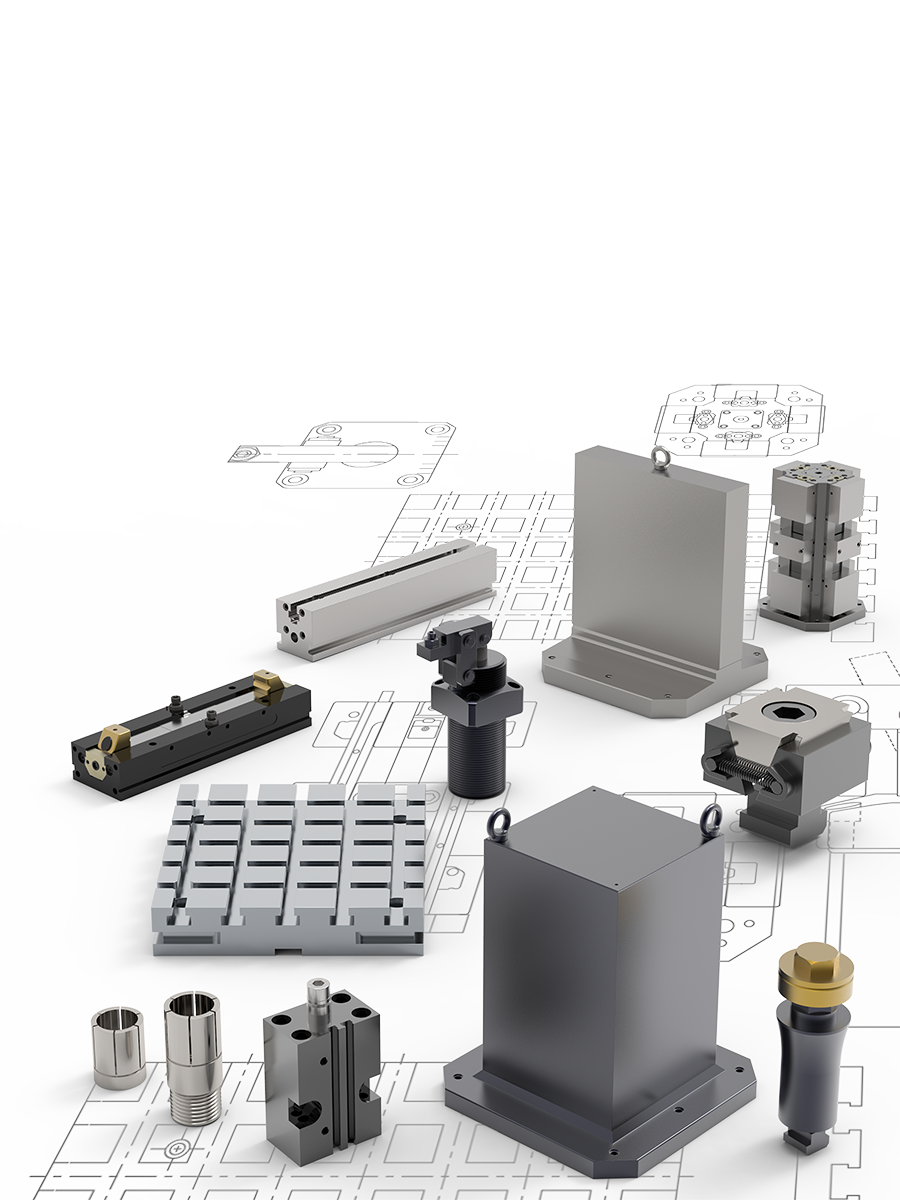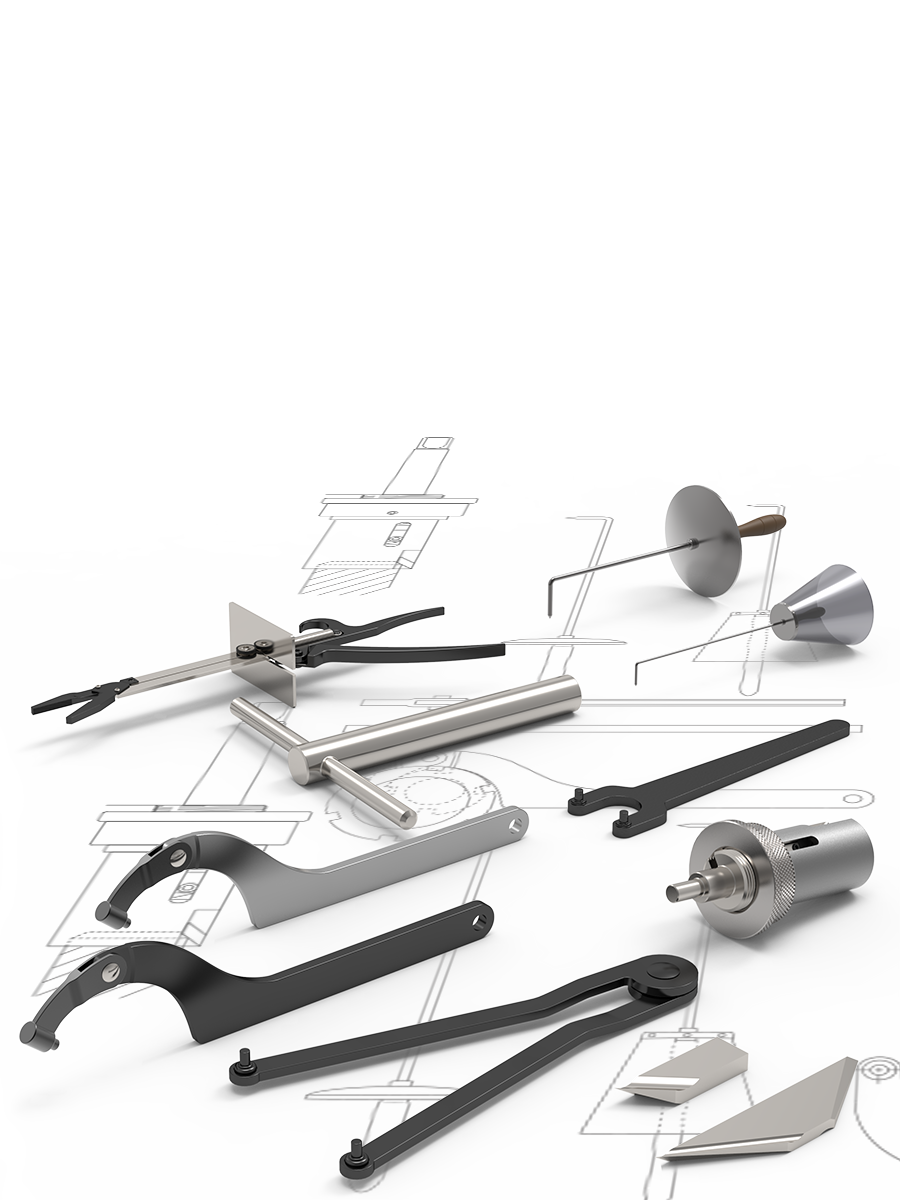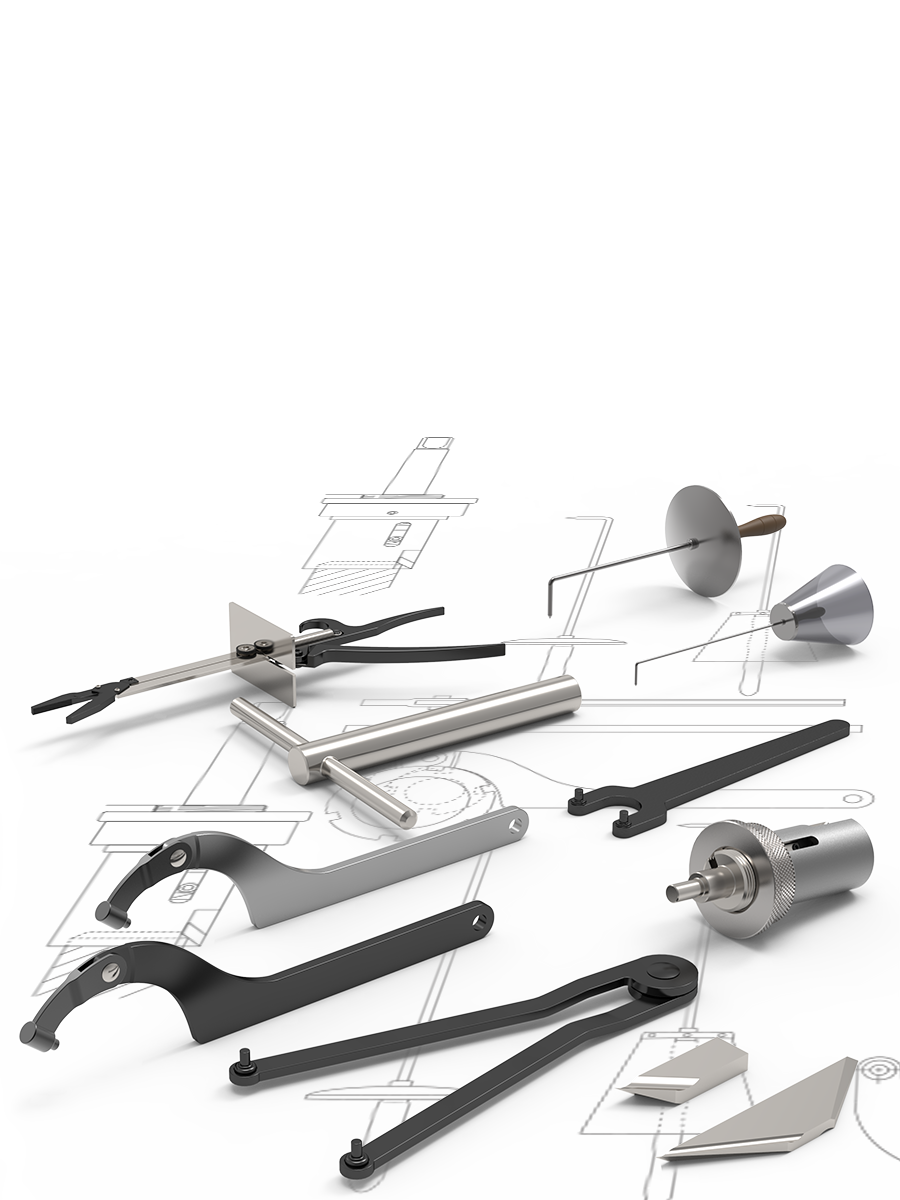Expansion Sealing Plugs from Wixroyd
What is...
Hydraulic and pneumatic components and systems are often cross-drilled to provide the correct channels for aid and gas. Some of these channels have to be drilled from the outside and later need to be closed off (plugged).
The Expansions Sealing Plugs are inserted into a drilled hole and the expander ball is driven into the plug sleeve. The independent grooved sealing rings on the plug ball are driven into the housing material to permanently plug and seal the hole. The ball is retained in place.
No need for tapping or reaming, no machining of O-ring grooves or the use of tapes or sealants. To seal a hole, follow this procedure:


Standard series expansion sealing plugs. Available in zinc plated steel, stainless steel (A2 or A4) and aluminium. Ideal for blanking off externally drilled holes for air and gas.
Stainless steel (A2) expansion retractors for restricting flow, with calibrated hole diameter. Available in imperial or metric with orders to specific sizes.
Associated Products
Pan head. Integral Sealing Screws feature an O-ring underneath the screw, to provide bi-direction sealing. This makes them ideal for protection against contaminates such as a dirt.
Blanking Plug Sealing Screw for creating bi-directional seals. Ideal for use in applications where foreign contaminates such as dirt are an issue.
Applications
Some of the typical applications for our Sealing Screws include:
- Pneumatics
- Hydraulics
- Fluid Power
- Automation
- Industrial
- Aerospace
- Valves
- Regulators
- Cylinders

"Standard" Expansion Sealing Plugs - push the ball which expands the sleeve and seals the channel.

"Pull" Expansion Sealing Plugs. Pulling on the mandrel expands the sleeve, sealing the channel. At a predetermined force, the mandrel breaks off.
General Guidance
Anchorage principle
There is a direct connection between the necessary drilling roughnesses required and both the hardness and the tensile characteristics of the base material. Depending on the mounting combination of Sealing Plug and base material, anchorage can either take place via the rifle profile of the expansion sleeve (automatic anchorage) or via the surface of the drilling hole.


Attention
Depending on the type of Expansion Sealing Plug and the hardness of the base material, a bore roughness of Rz= 10 - 30µm has to be adhered to. Requirements to achieve maximum operation reliability:
- Drilling tolerance d1 = +0,1 mm.
- Consideration of counterbore hole relations.
- Longitudinal rifles and spiral grooves that may have a negative influence on the sealing effectiveness have to be avoided.
- Drilling holes have to be free from oil and grease.
In cases, where an automatic anchorage is not possible when building in the Expander Sealing Plug into a hard base material a drilling roughness of:
- Rz = 10-30µm is necessary to achieve the required pressure values.
- When having roughness: Rz = 30µm, leakages may occur.
Anchorage by rifle profile
Automatic Anchorage
Example: Expansion Sealing Plug made from case hardened steel HB = 180, in aluminium alloy HB = 90.


Anchorage by bore roughness

Required roughness design - An ideal bore roughness for the anchor can be achieved by using a twist drill or countersink.

Undesirable roughness design - Friction will cause a smooth roughness profile that is not desired.
Email Newsletter
Be the first to receive the latest news and exclusive offers via our newsletter.
Alexia House, Glenmore Business Park
PO19 7BJ Chichester
United Kingdom
0333 207 4497
sales@wixroyd.com
Route via Google Maps
Company registration no: 00496138
Company VAT number GB 408154022




